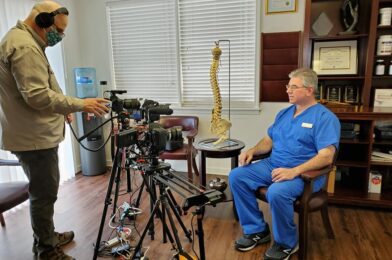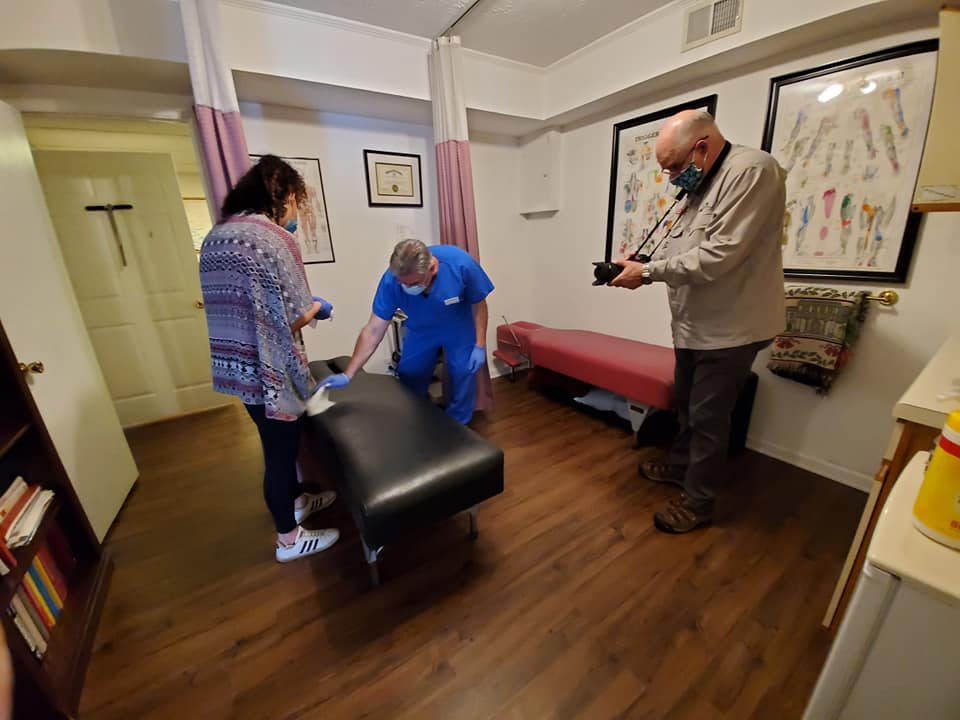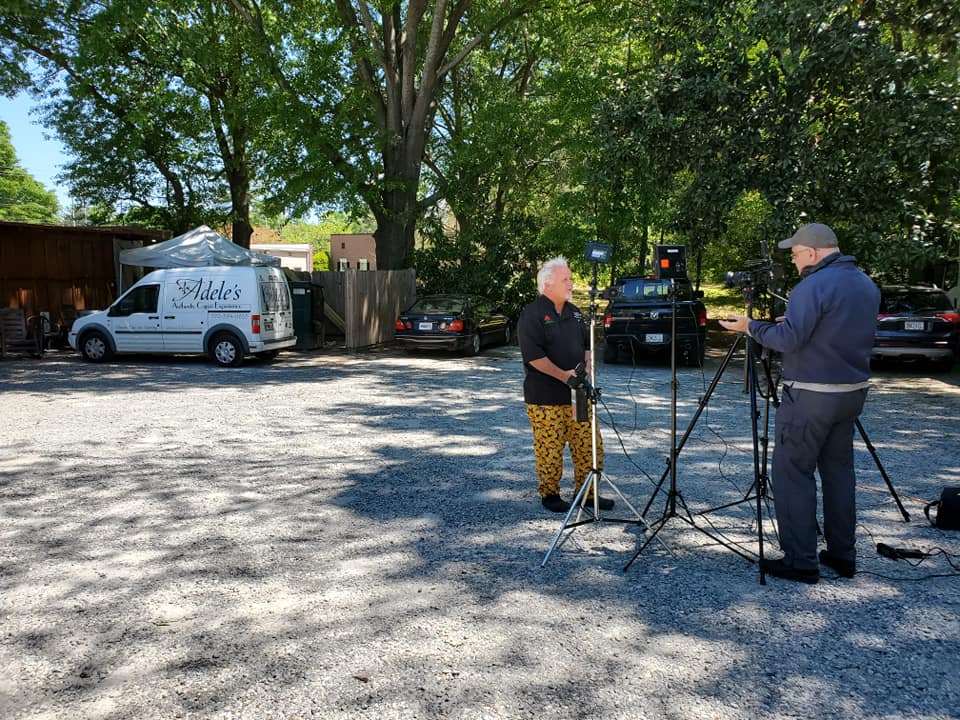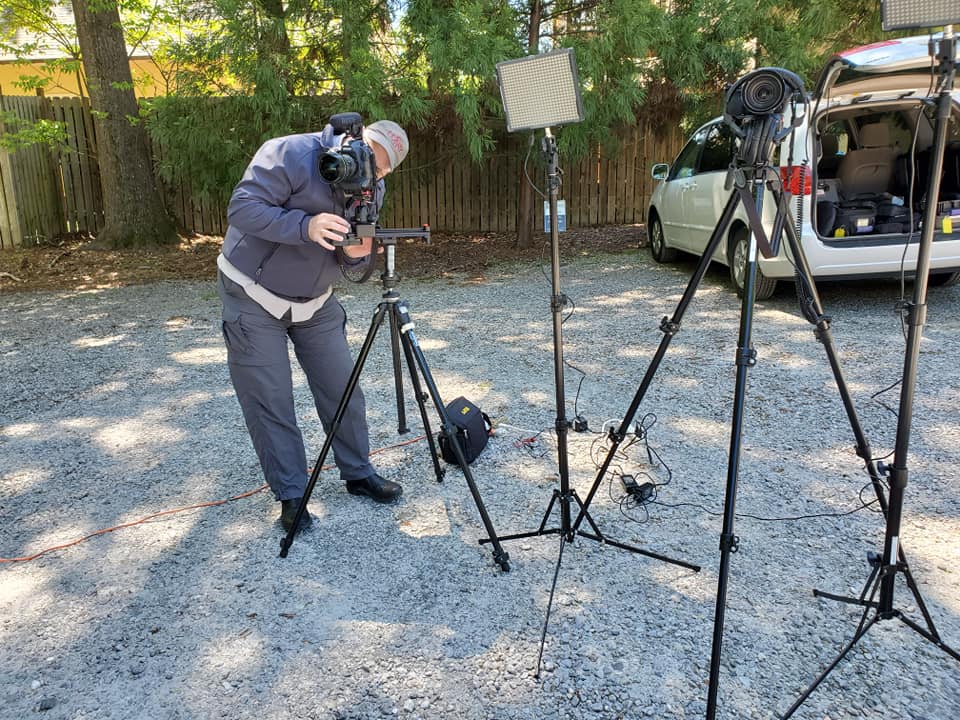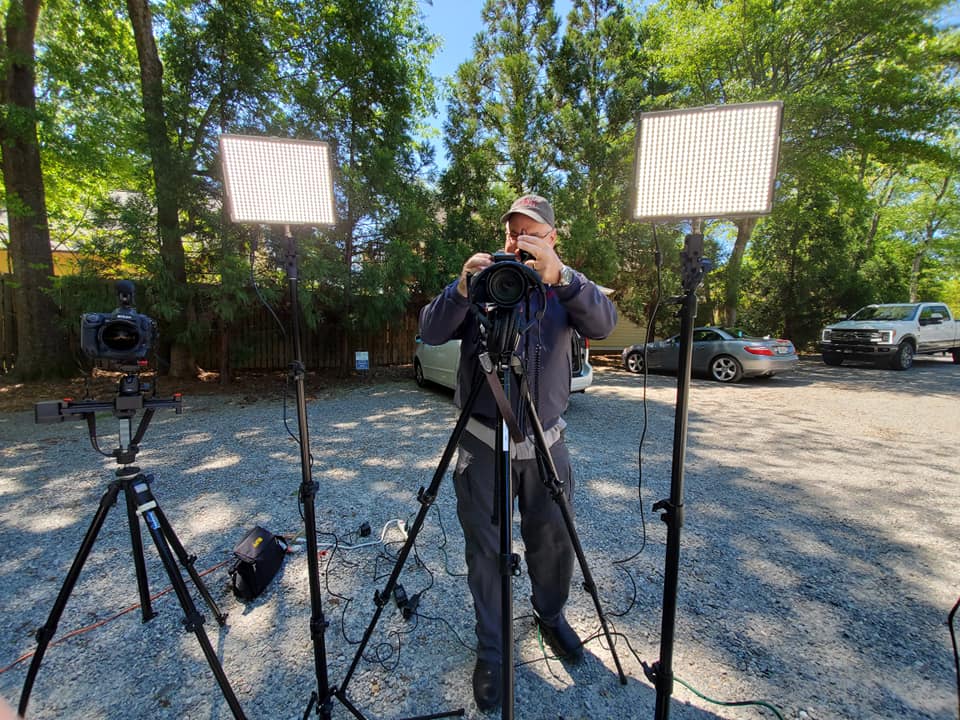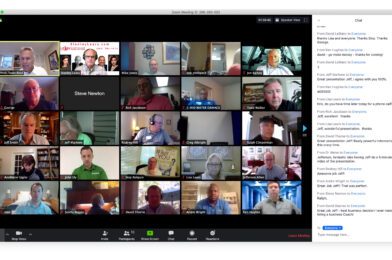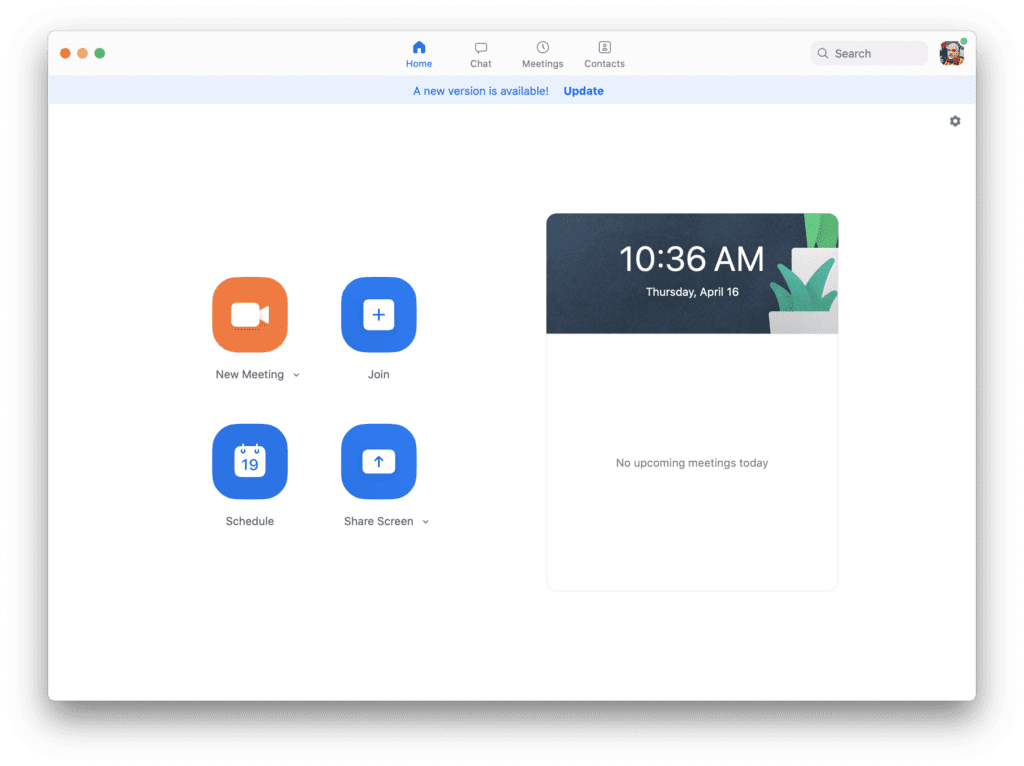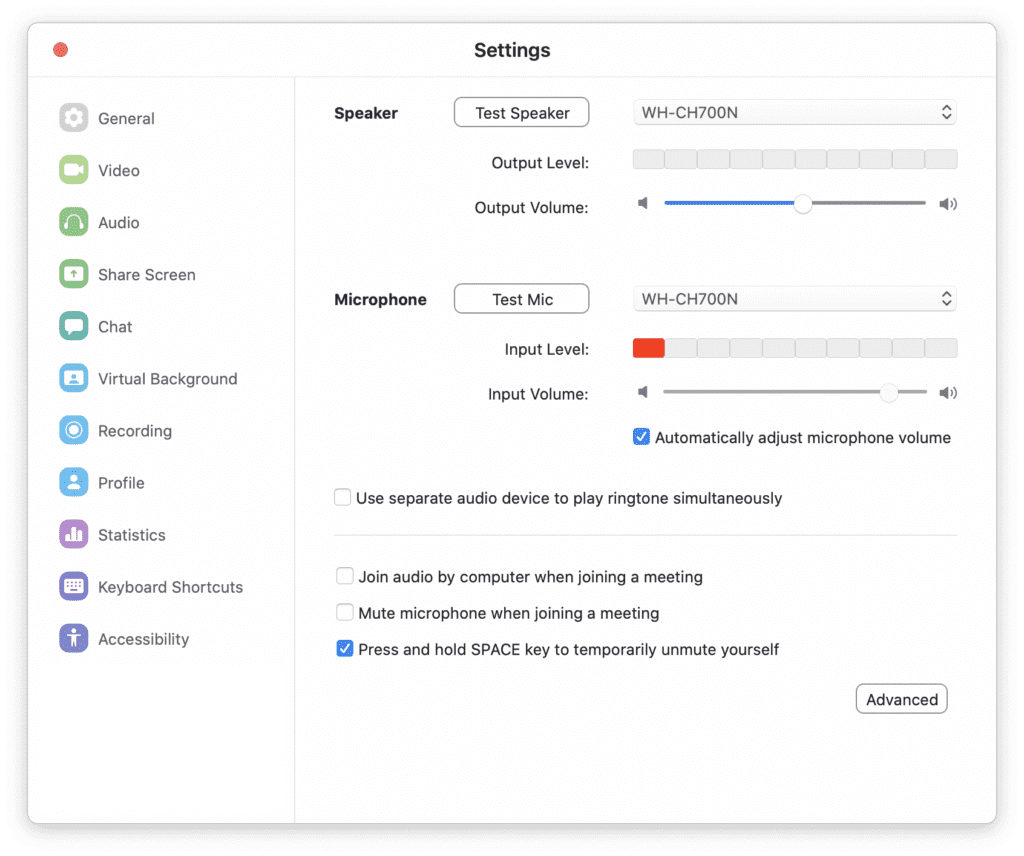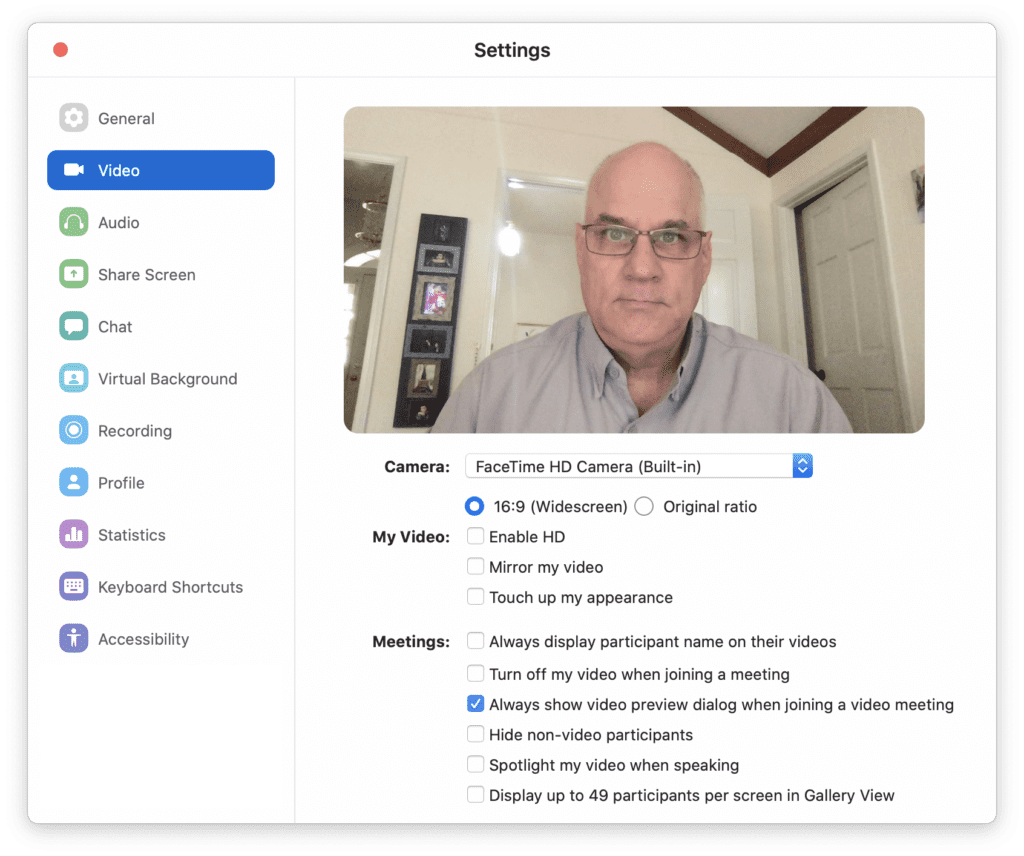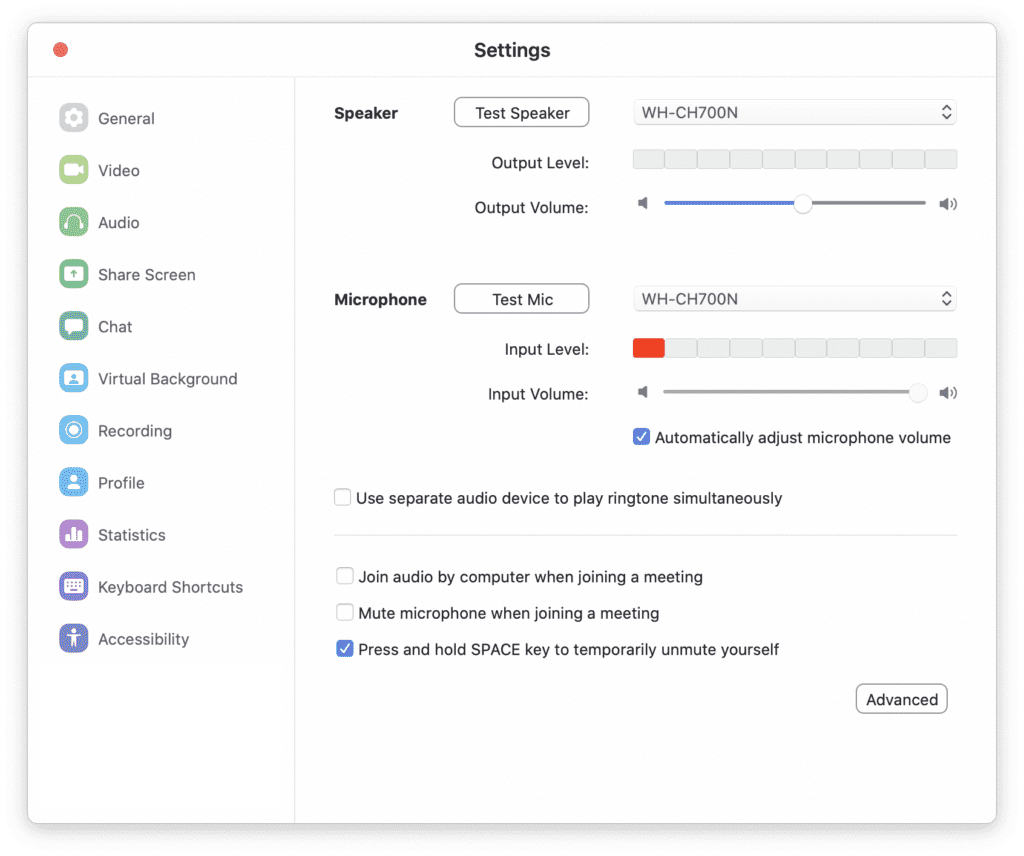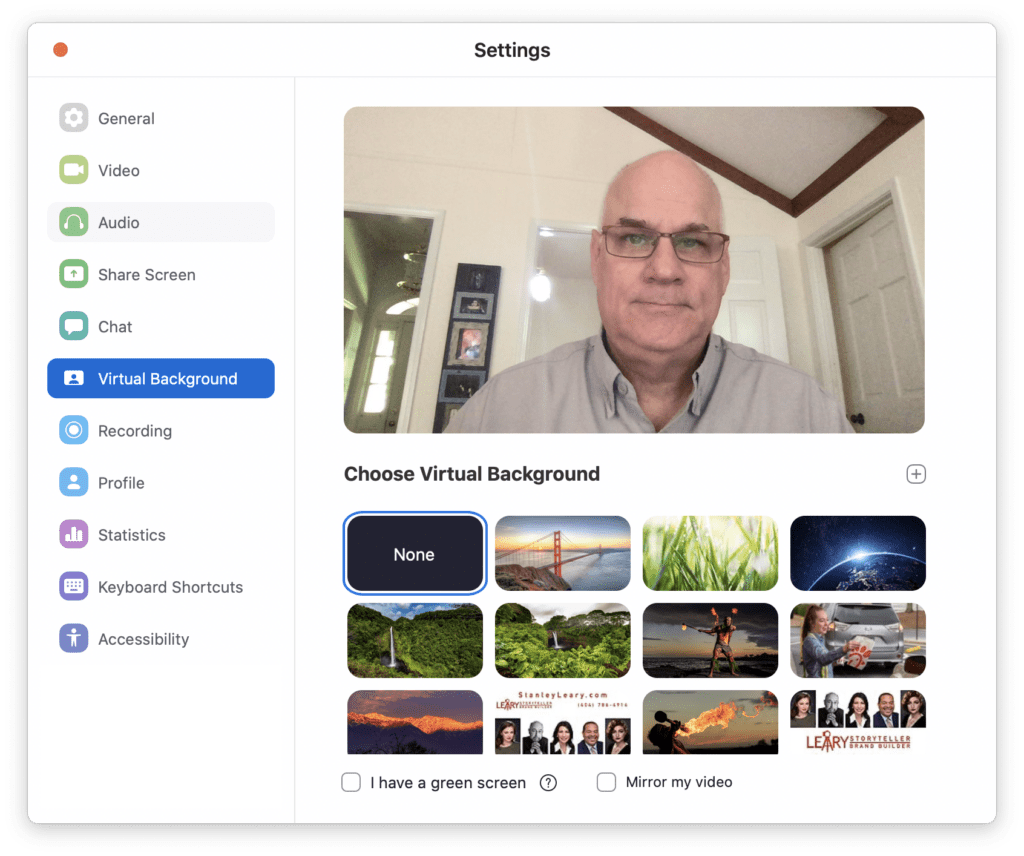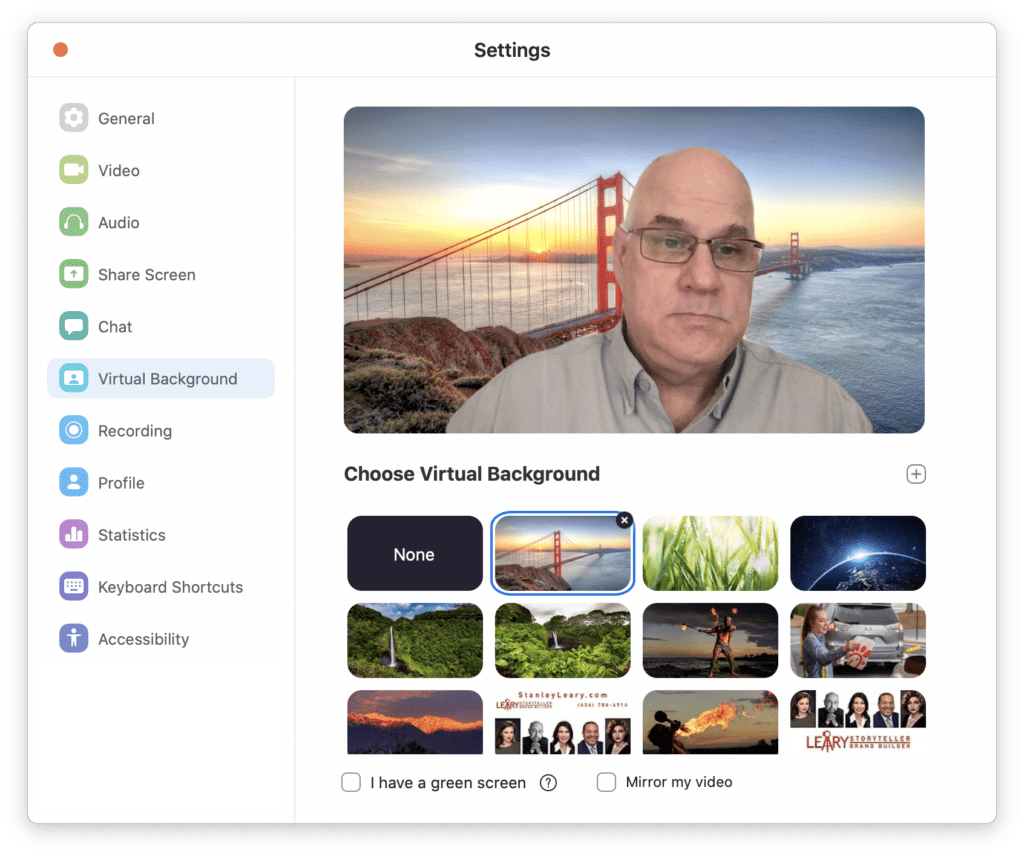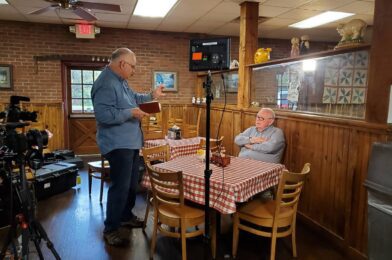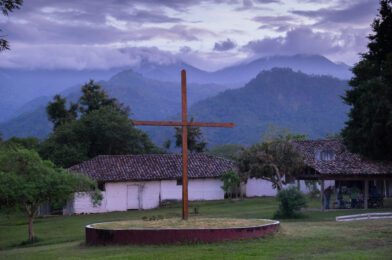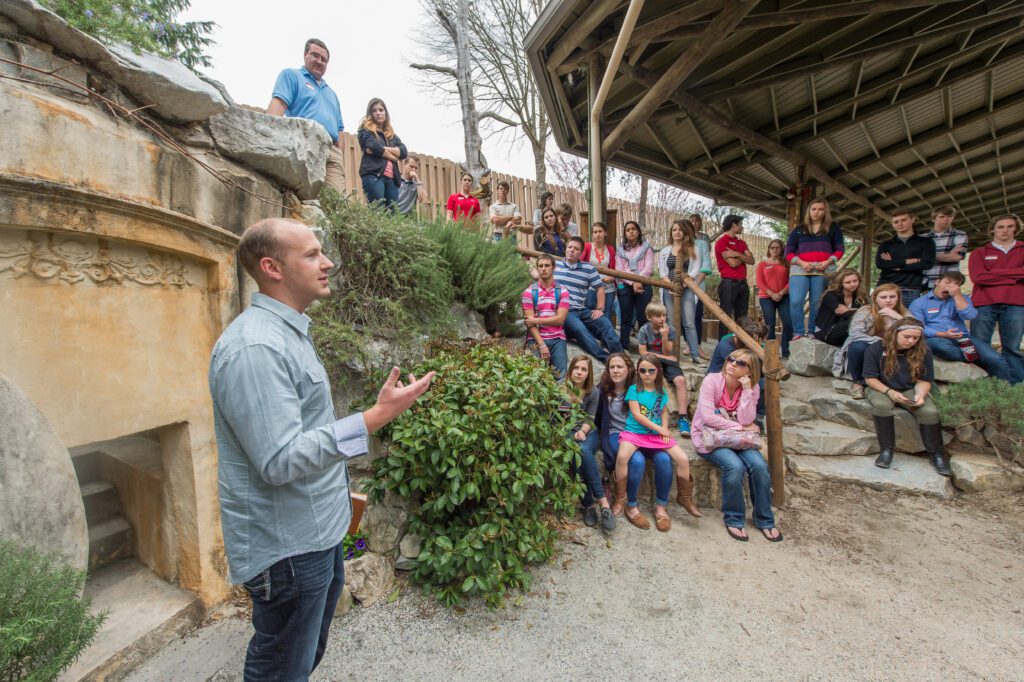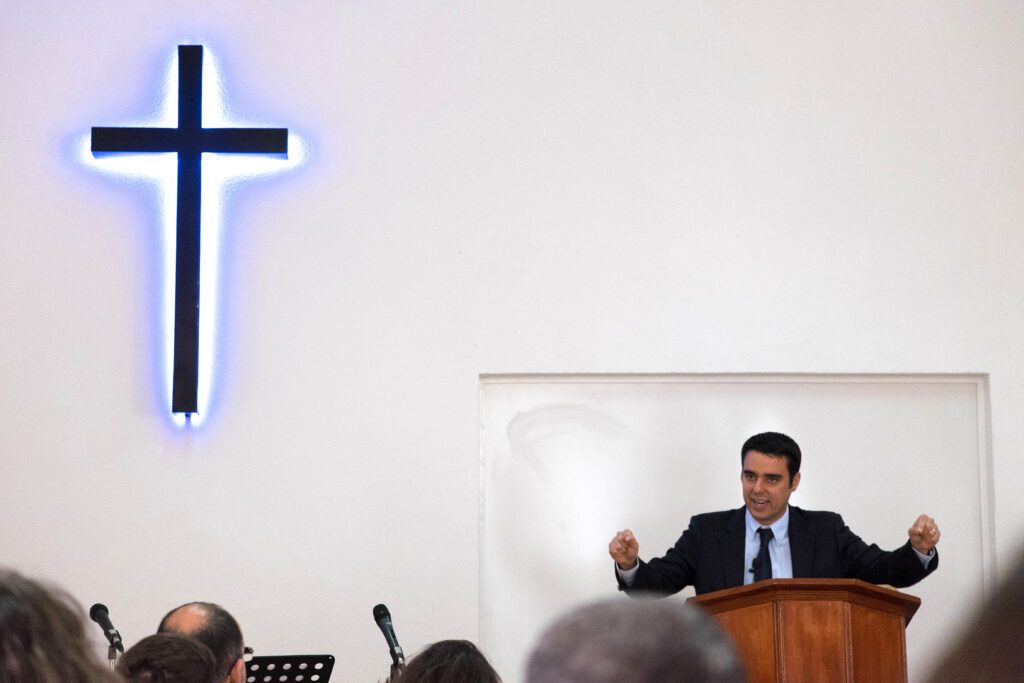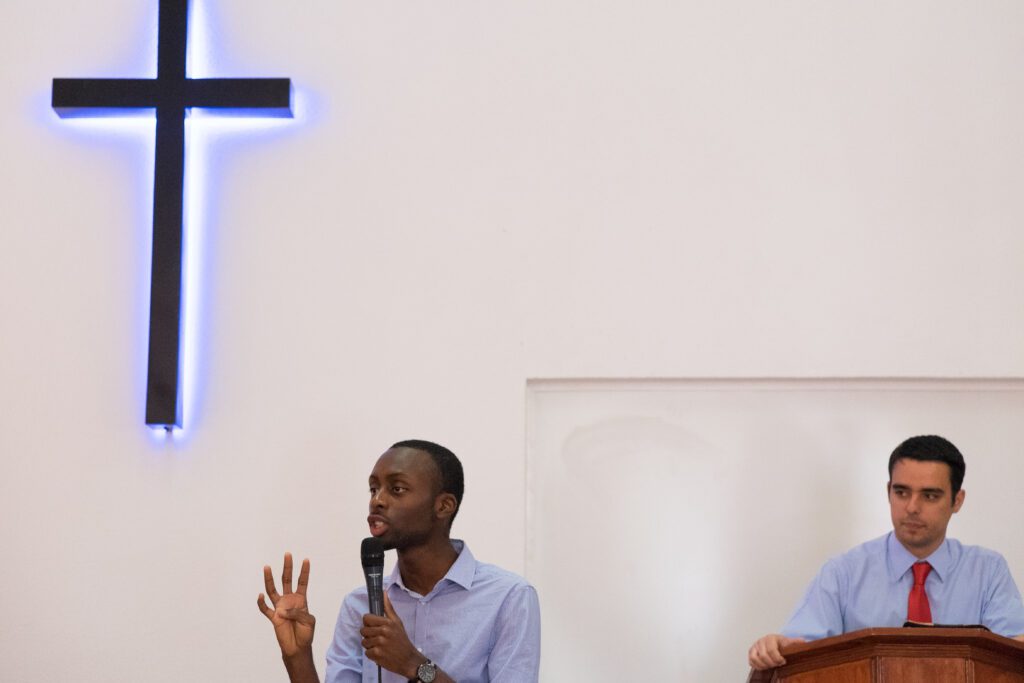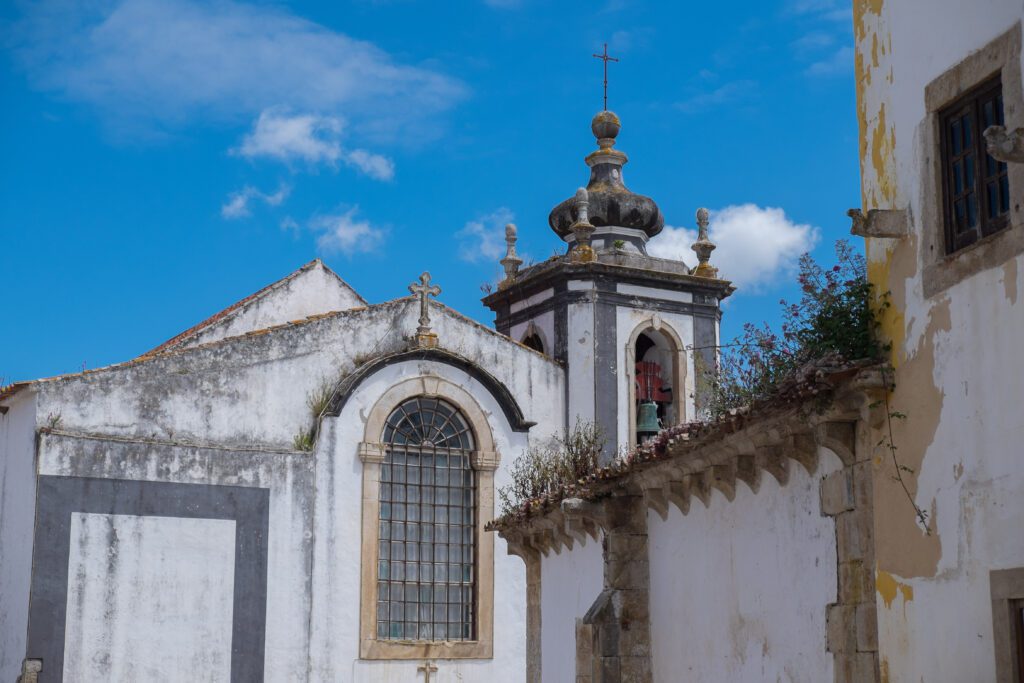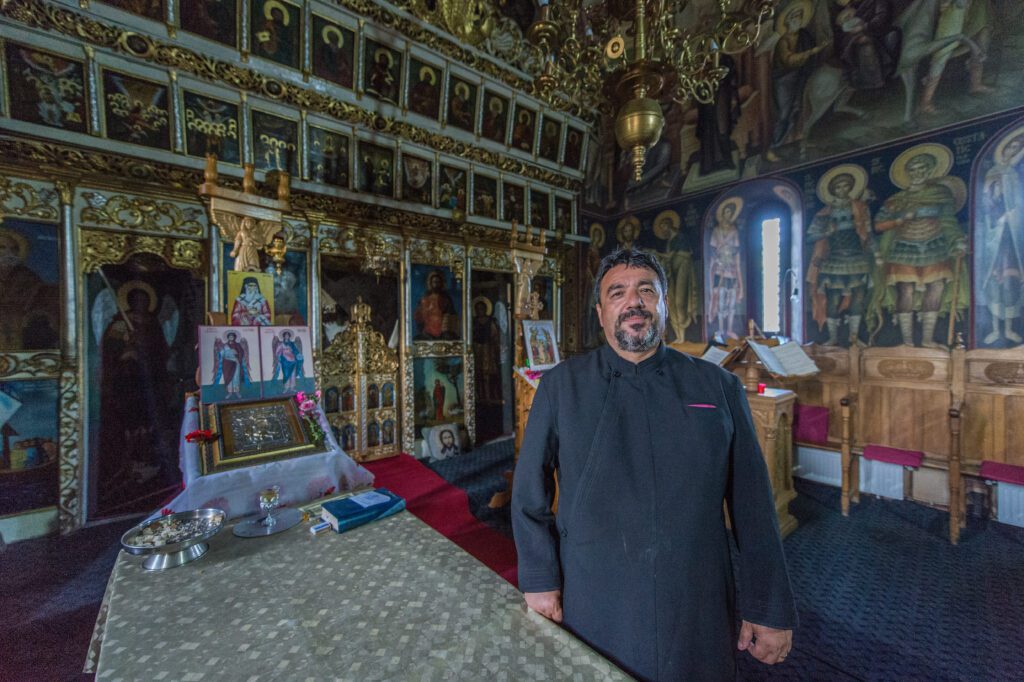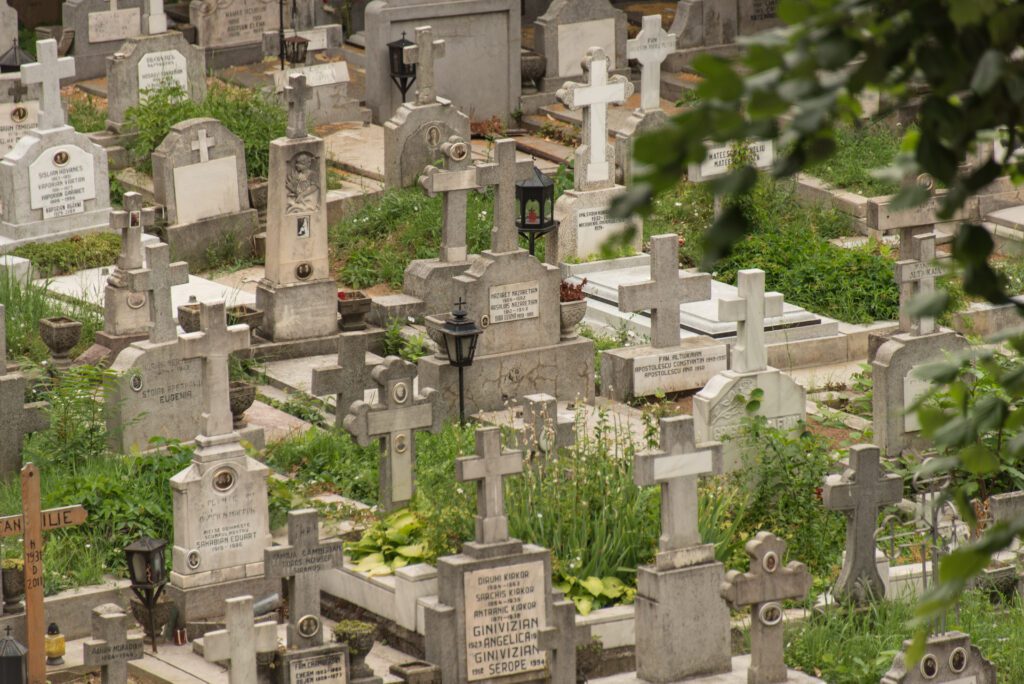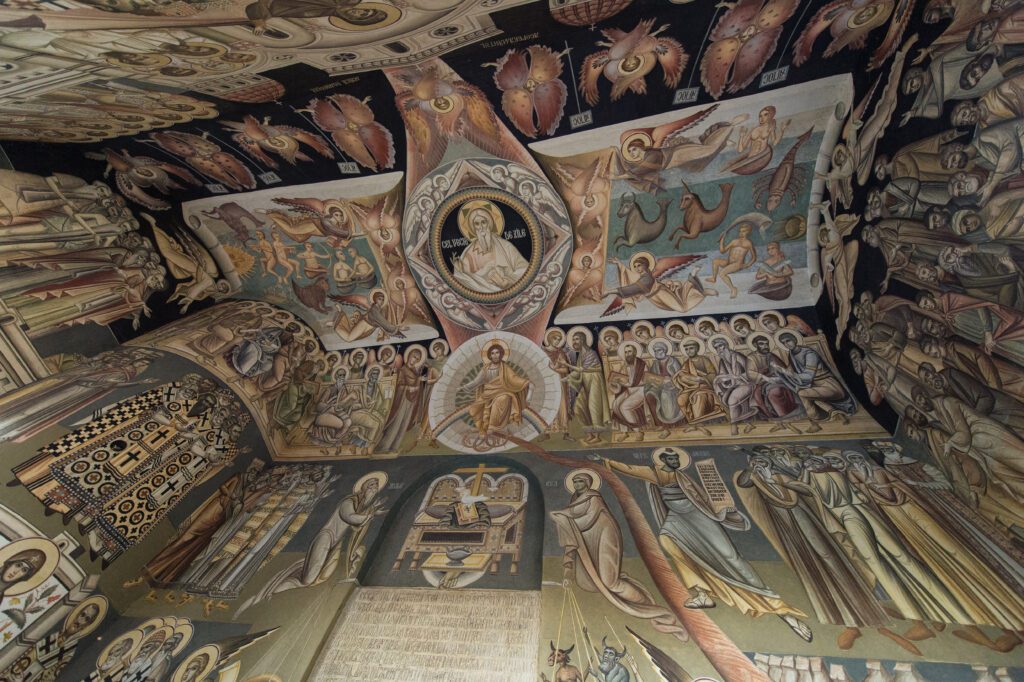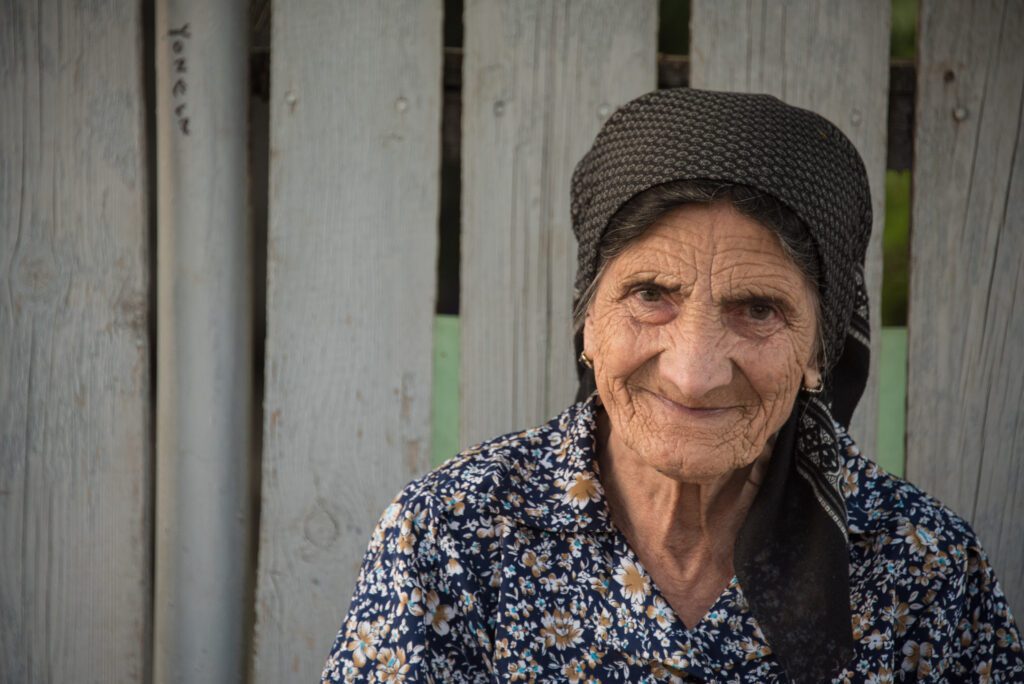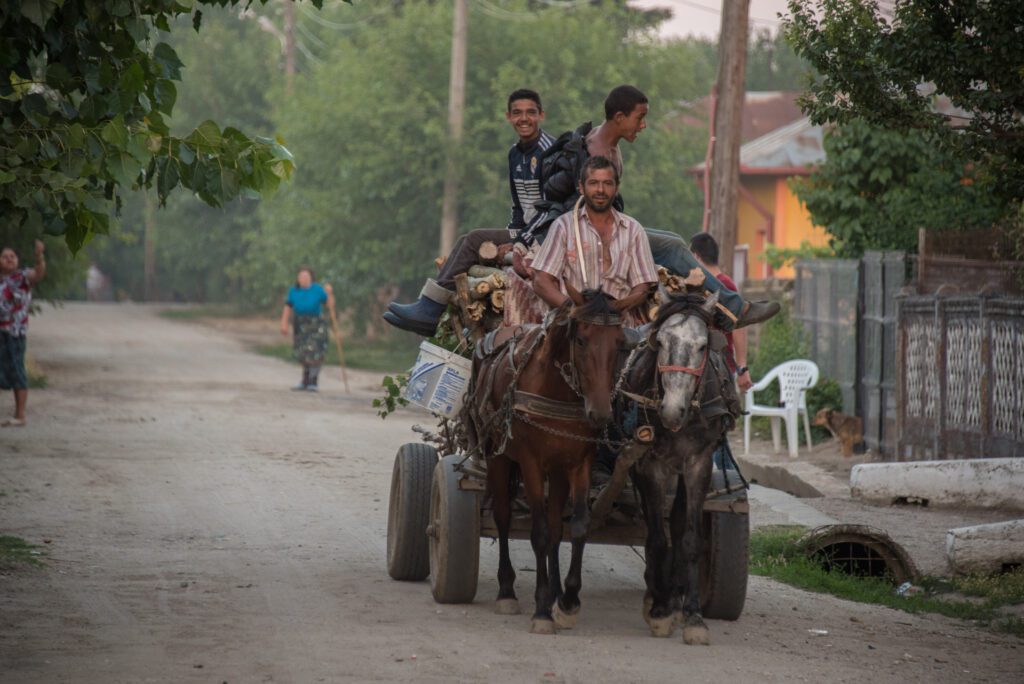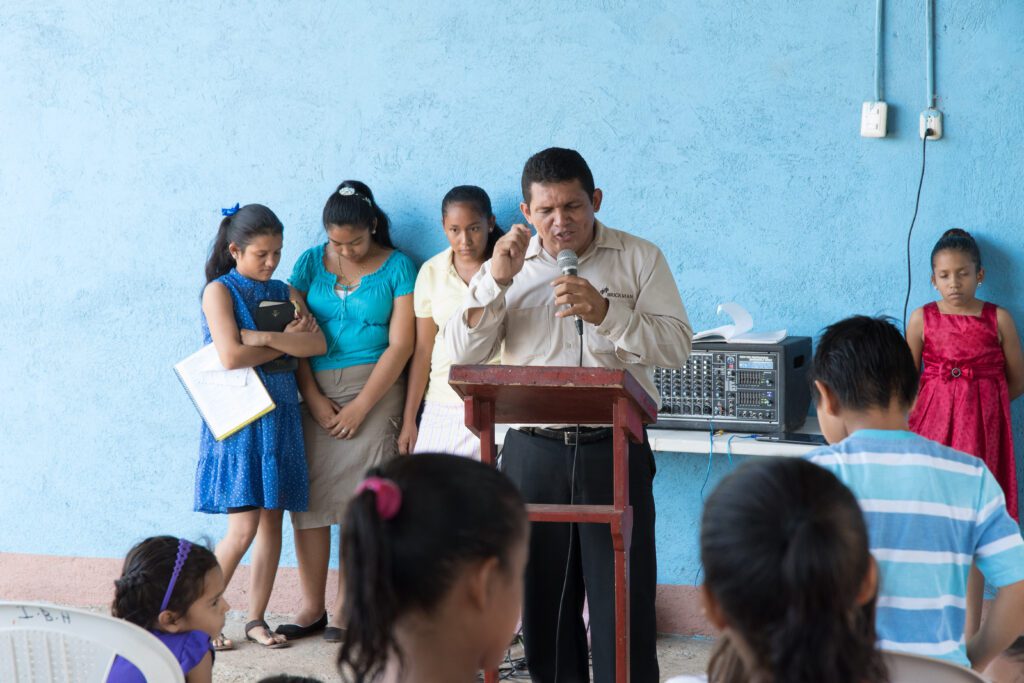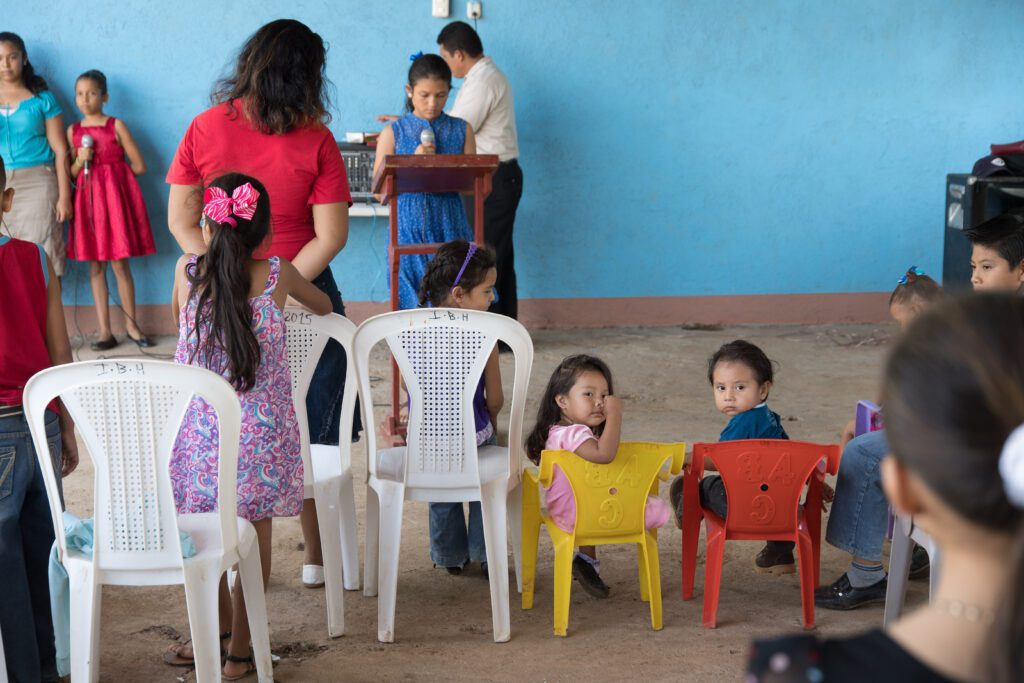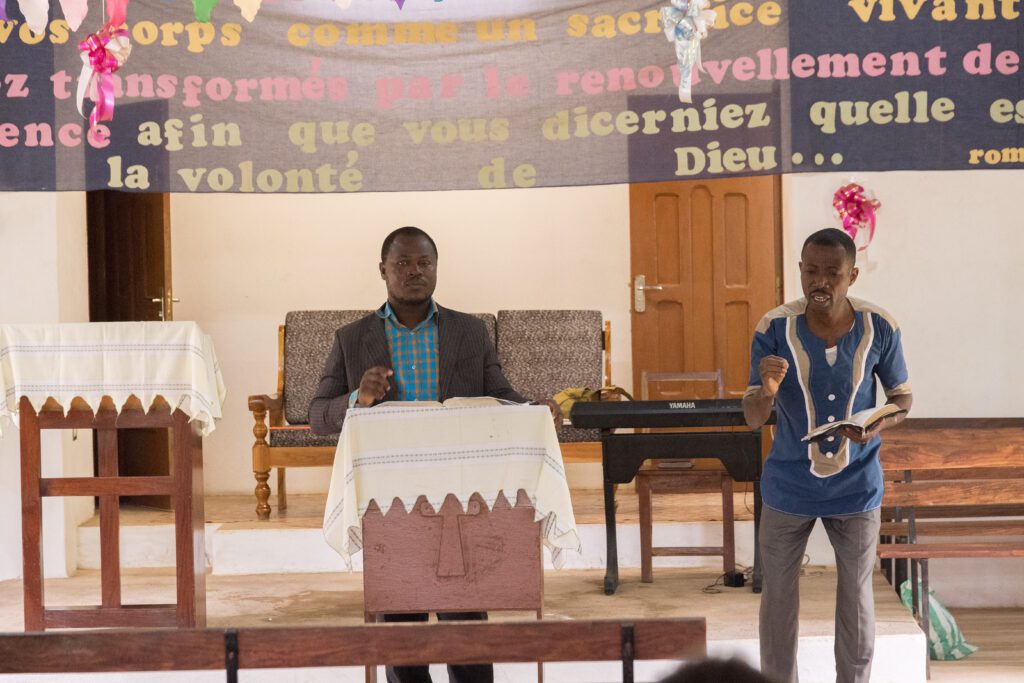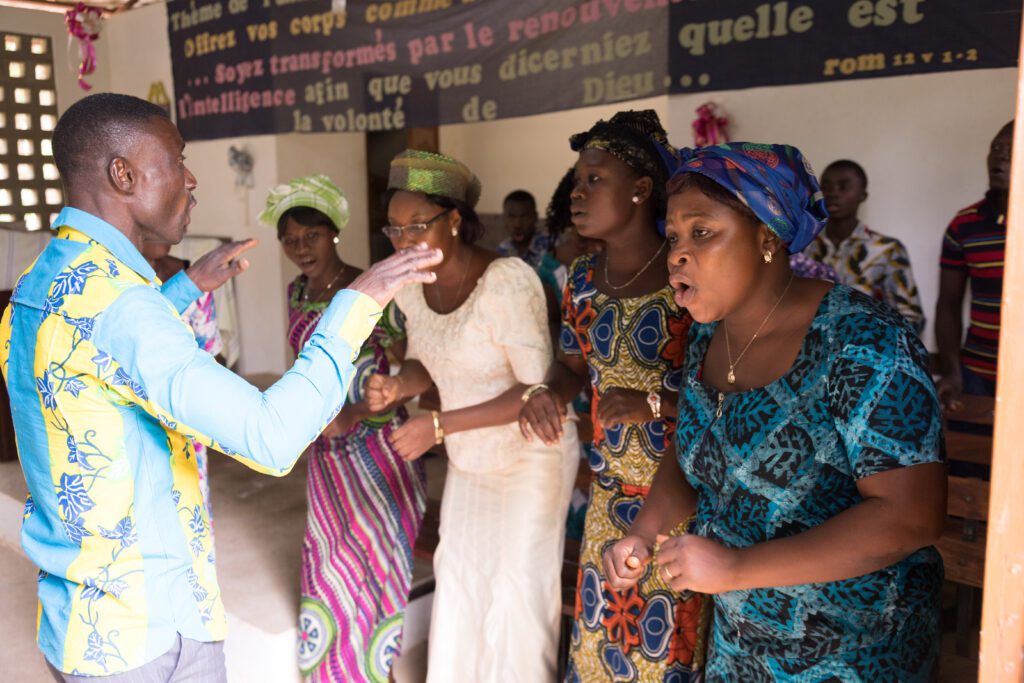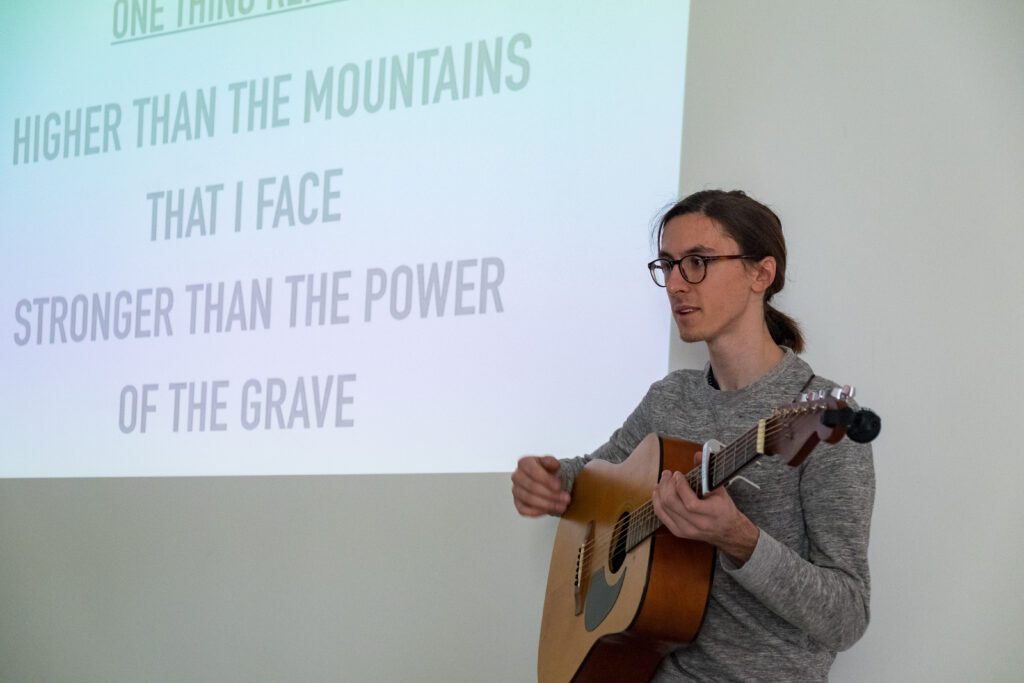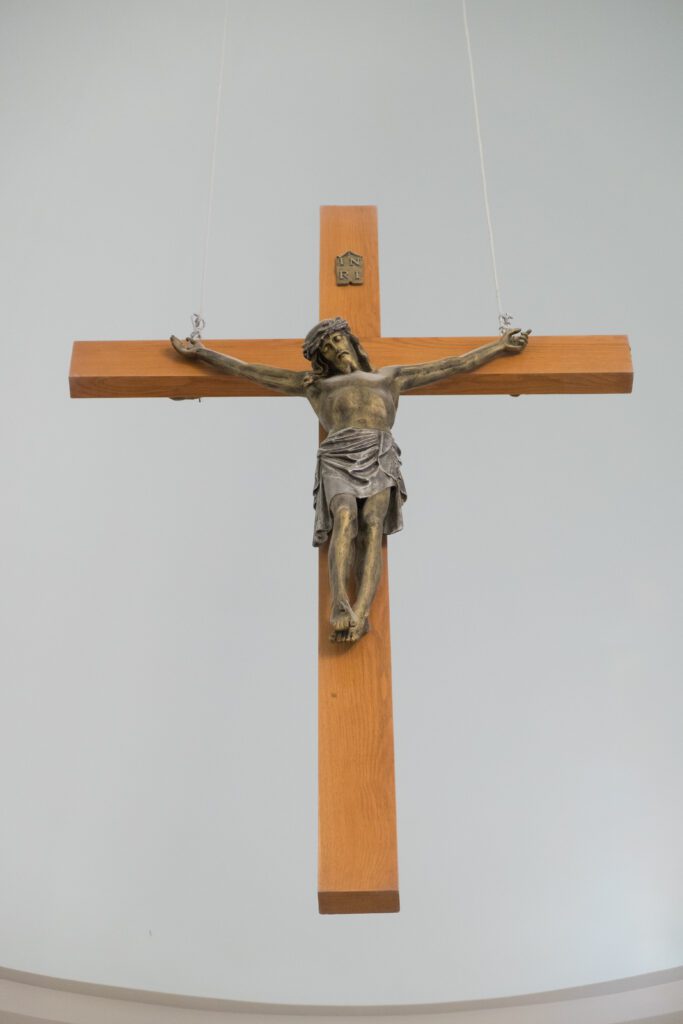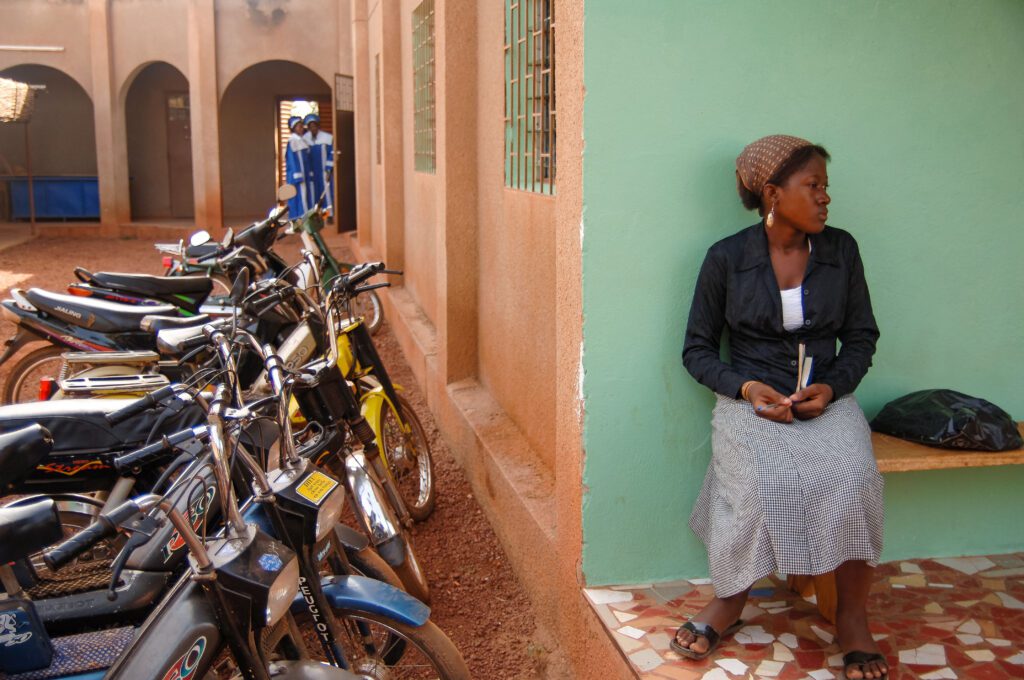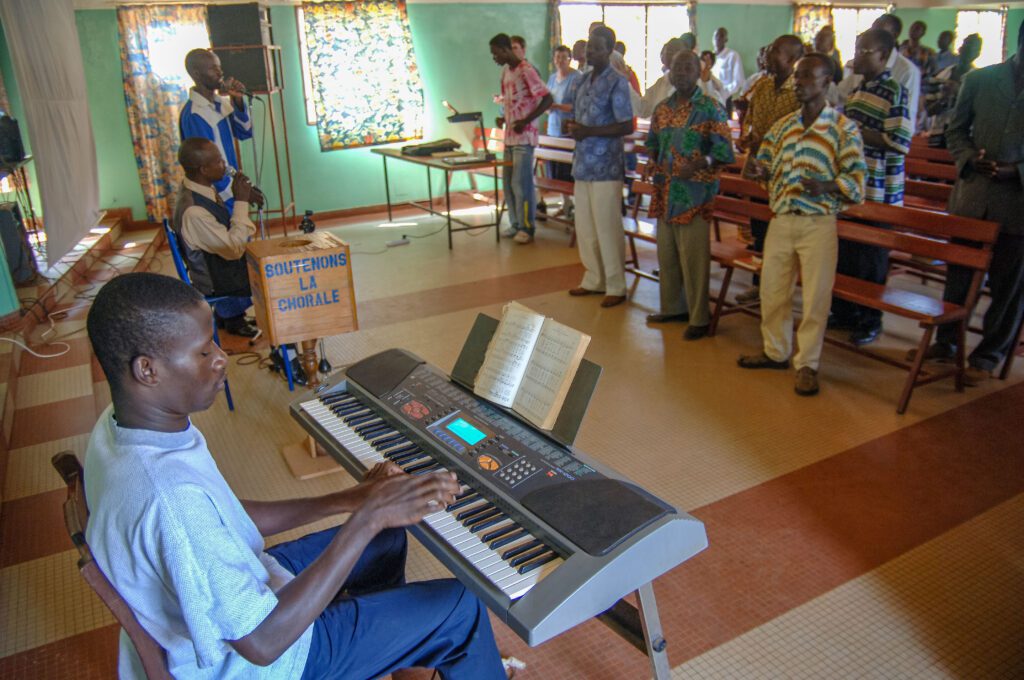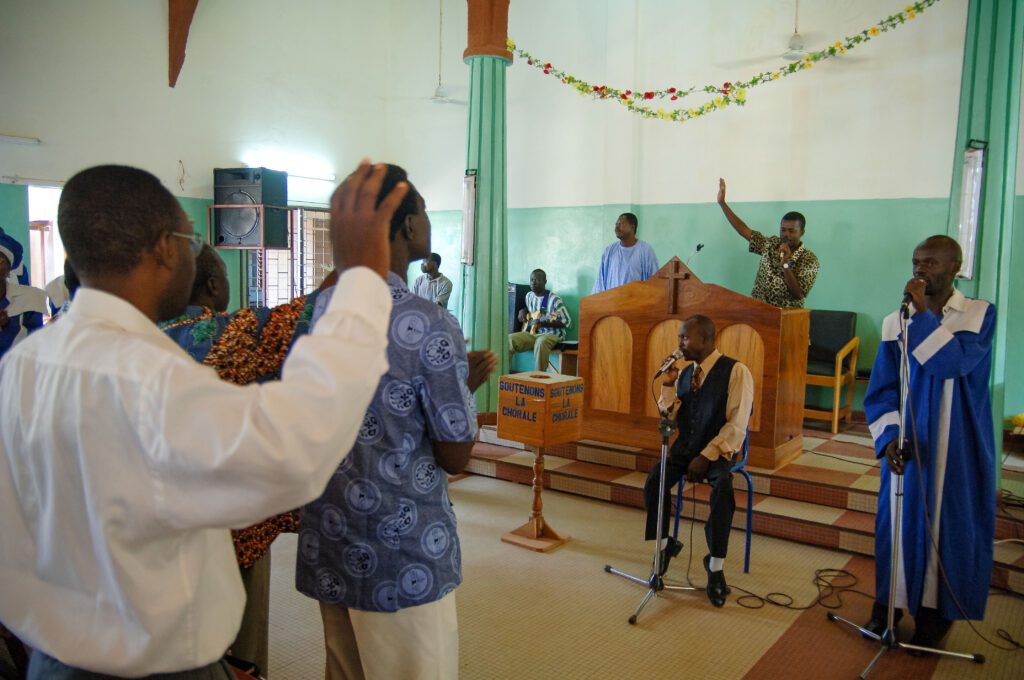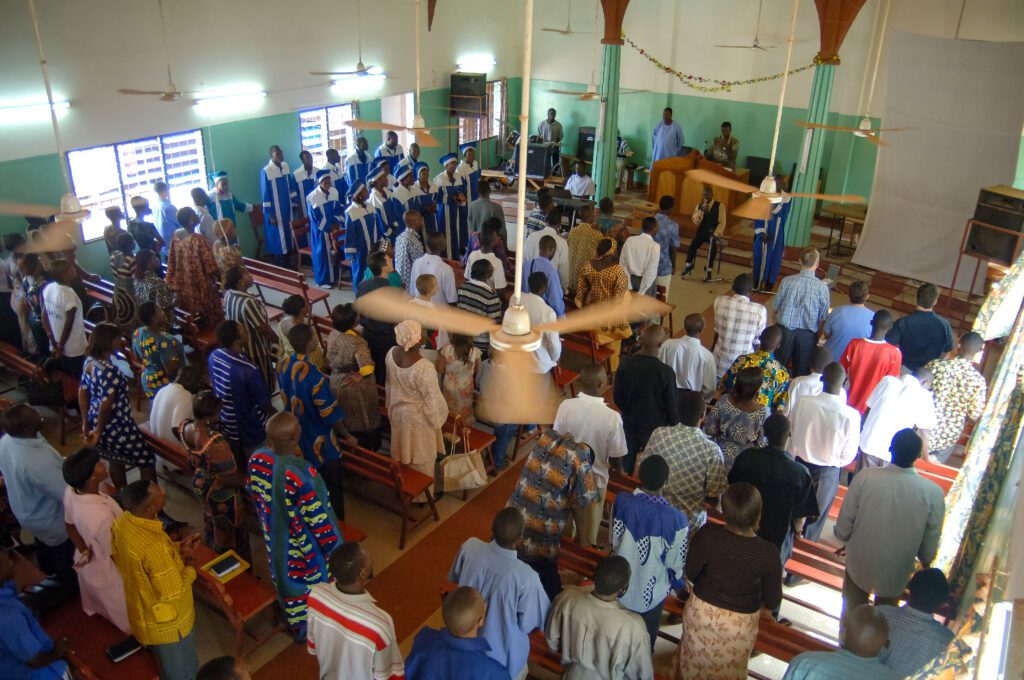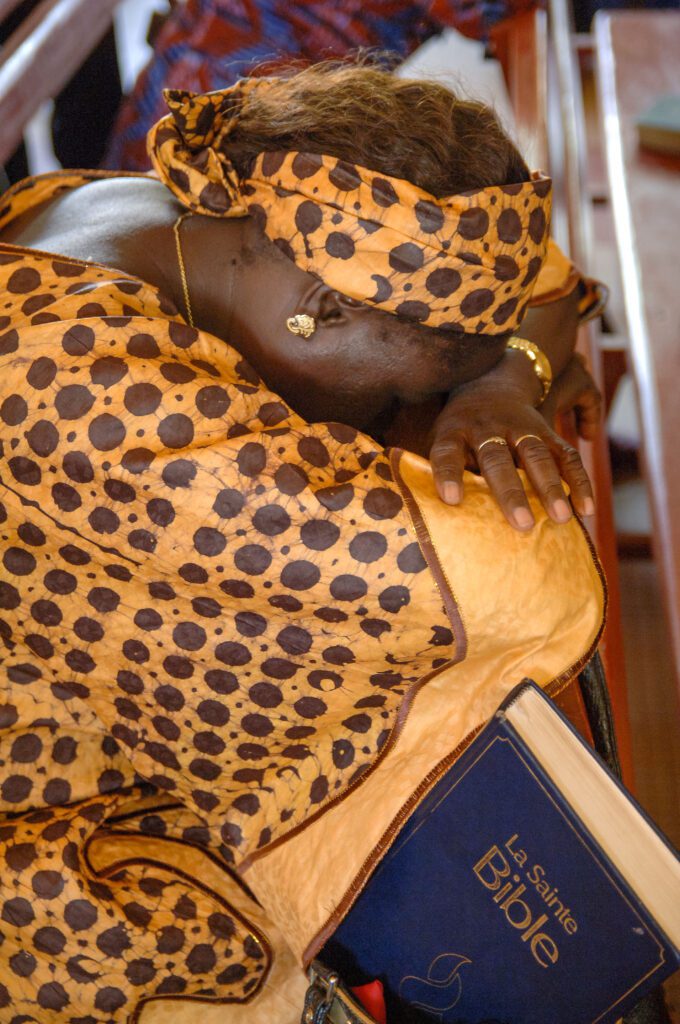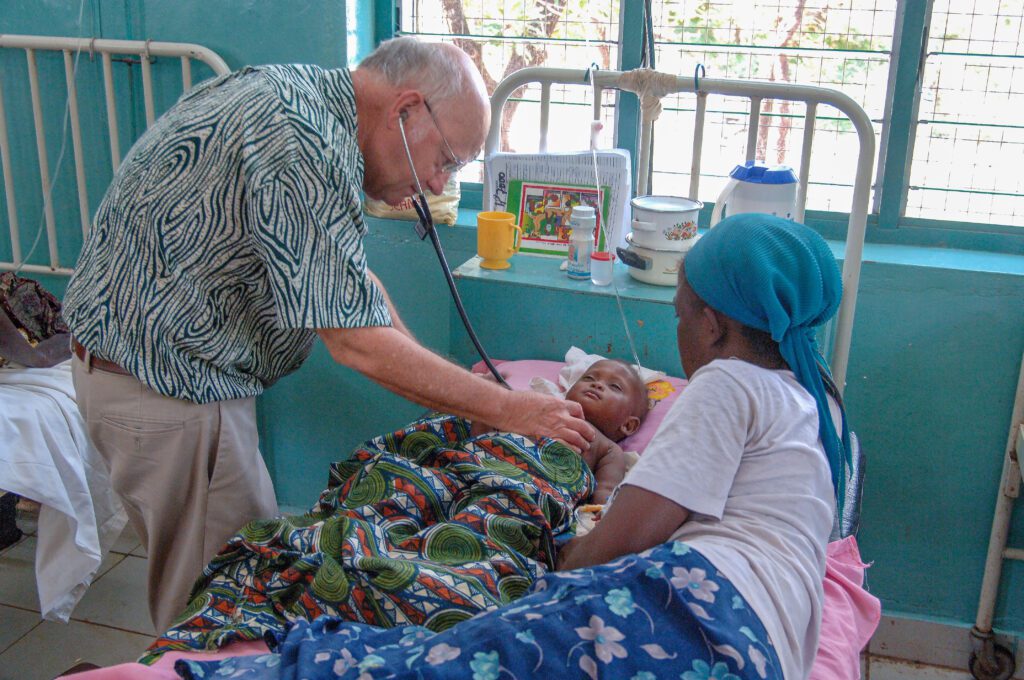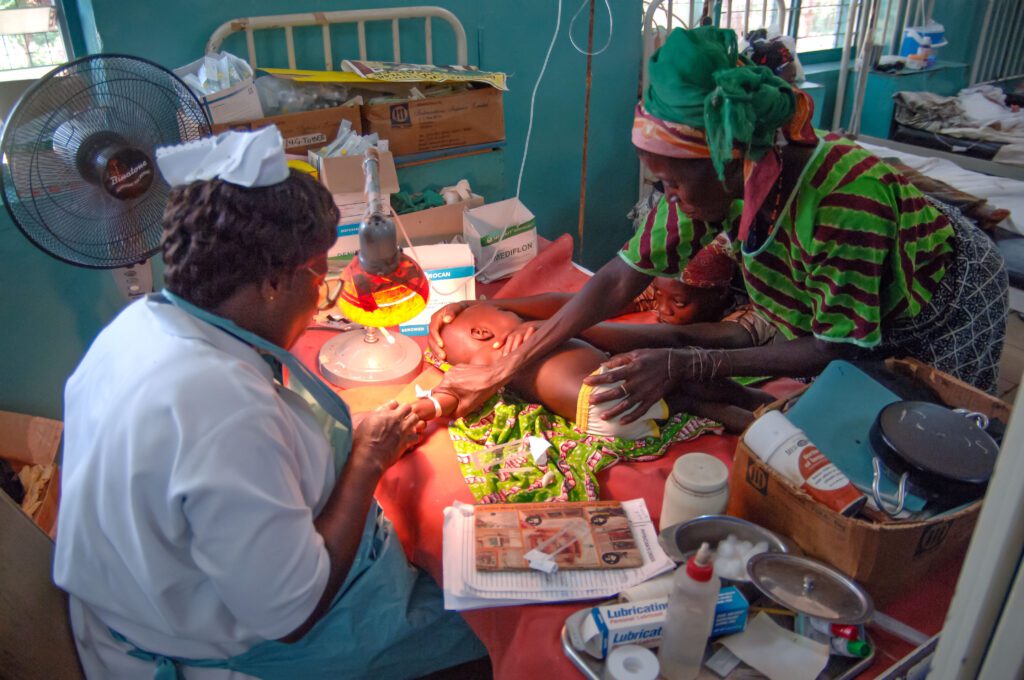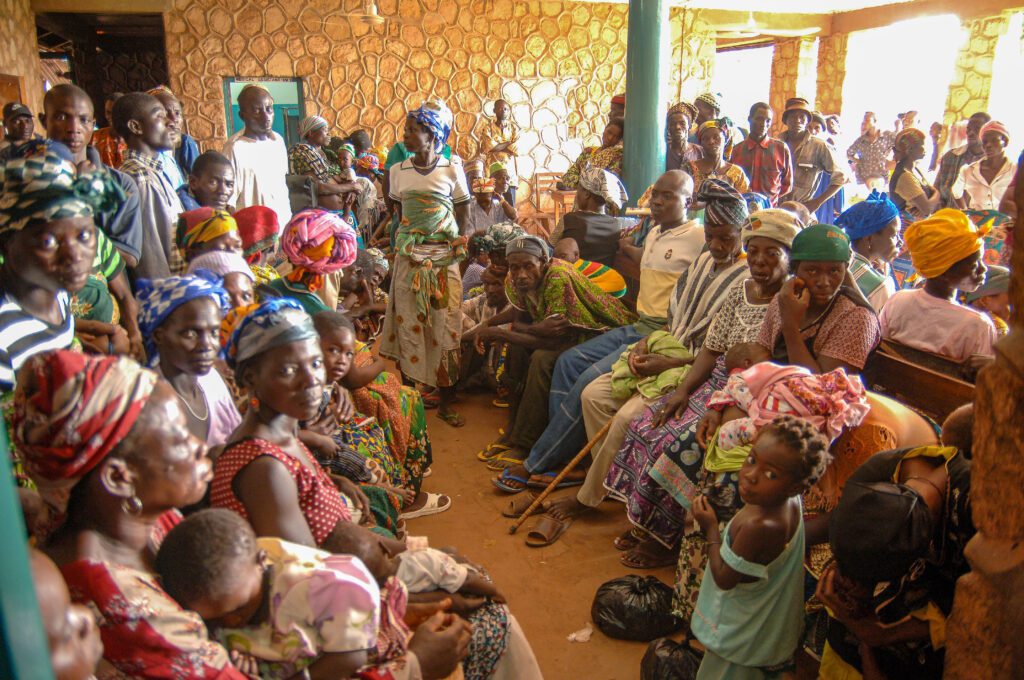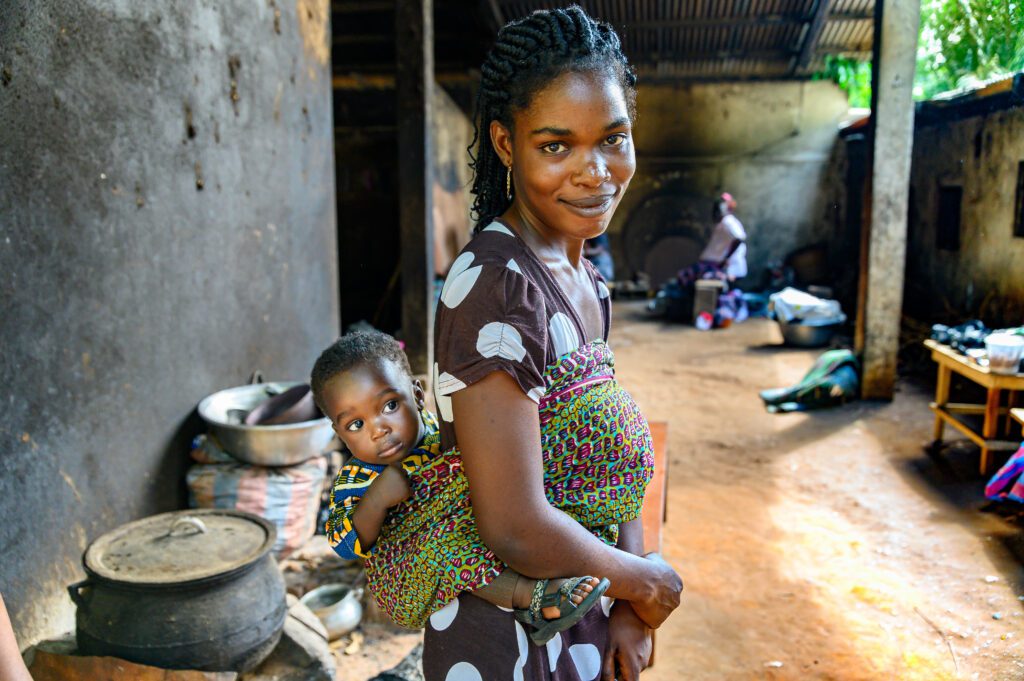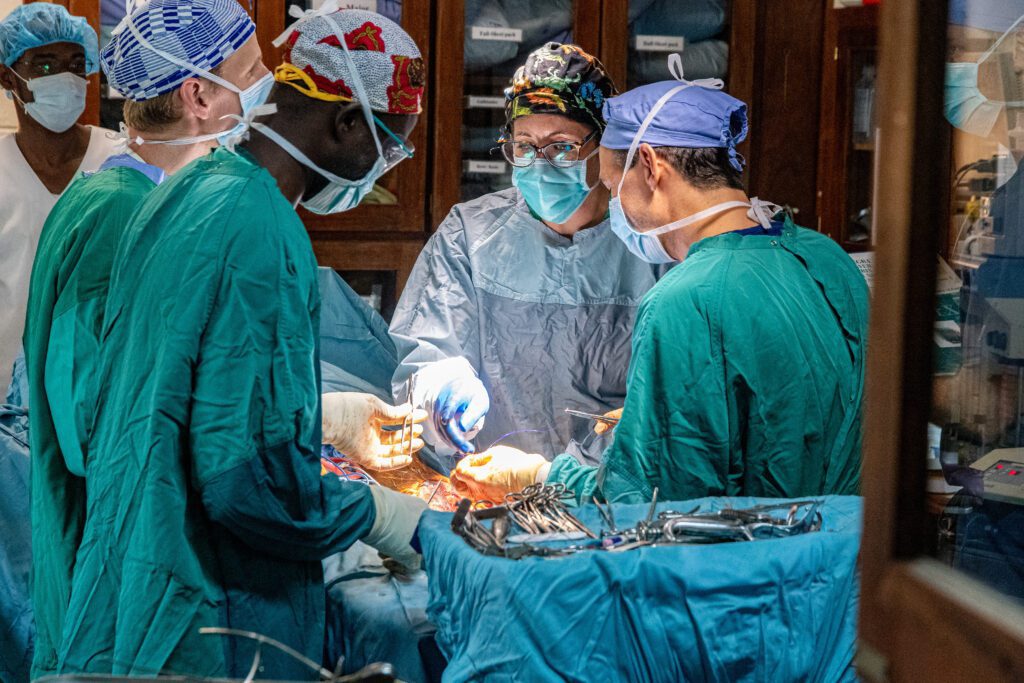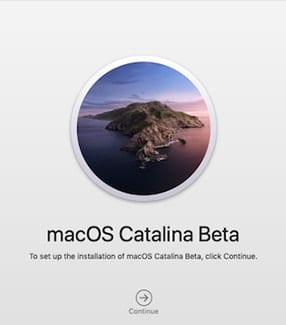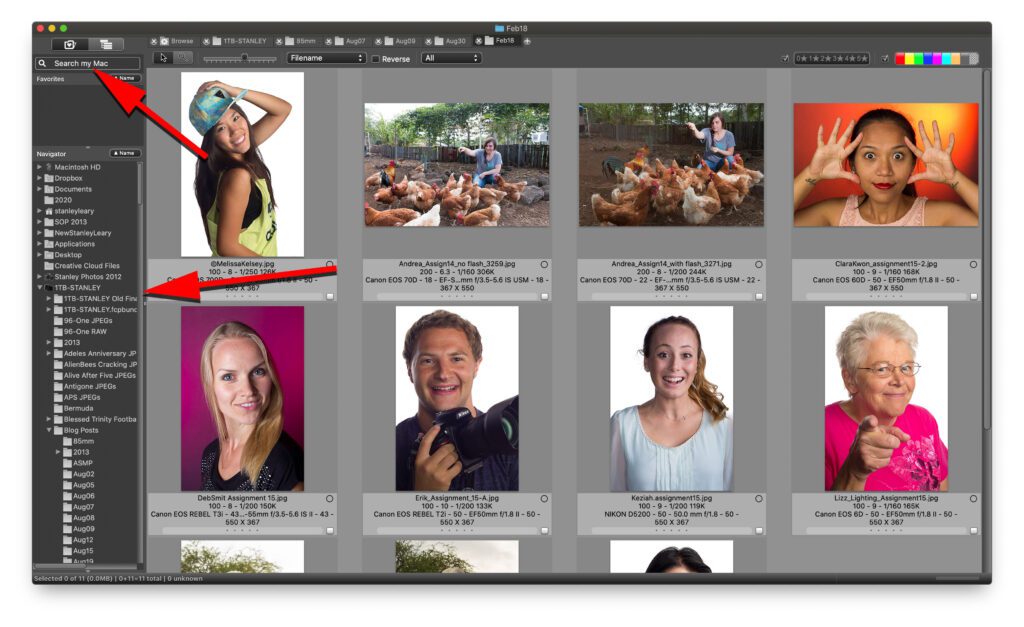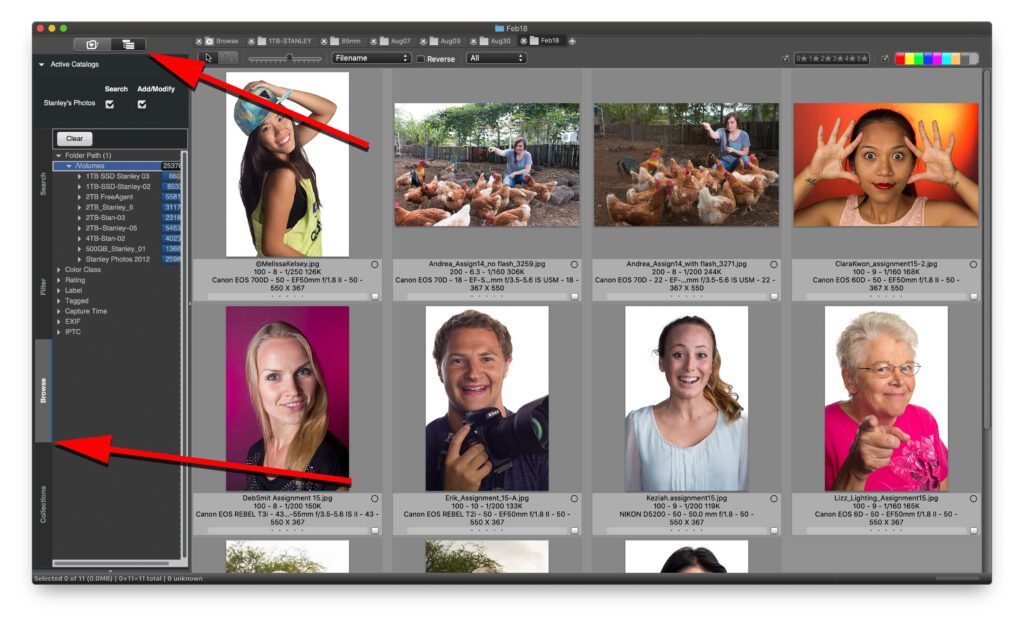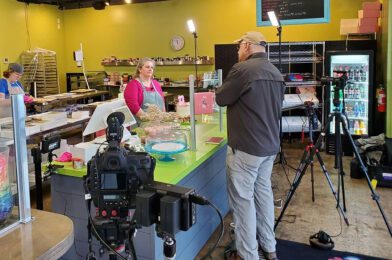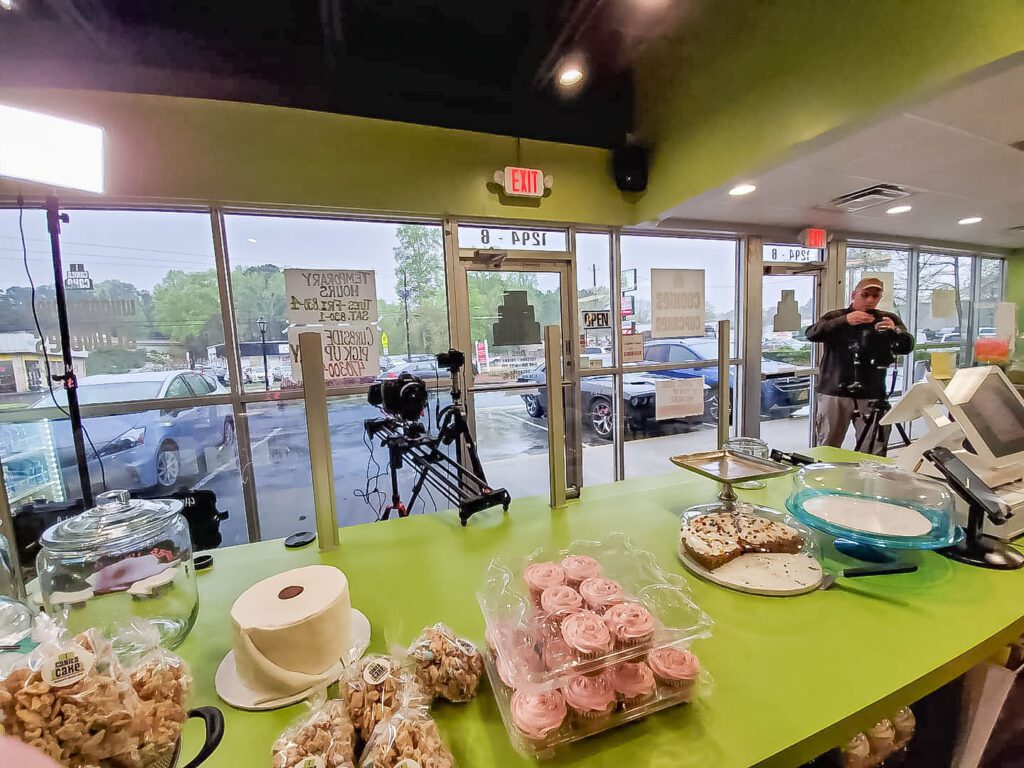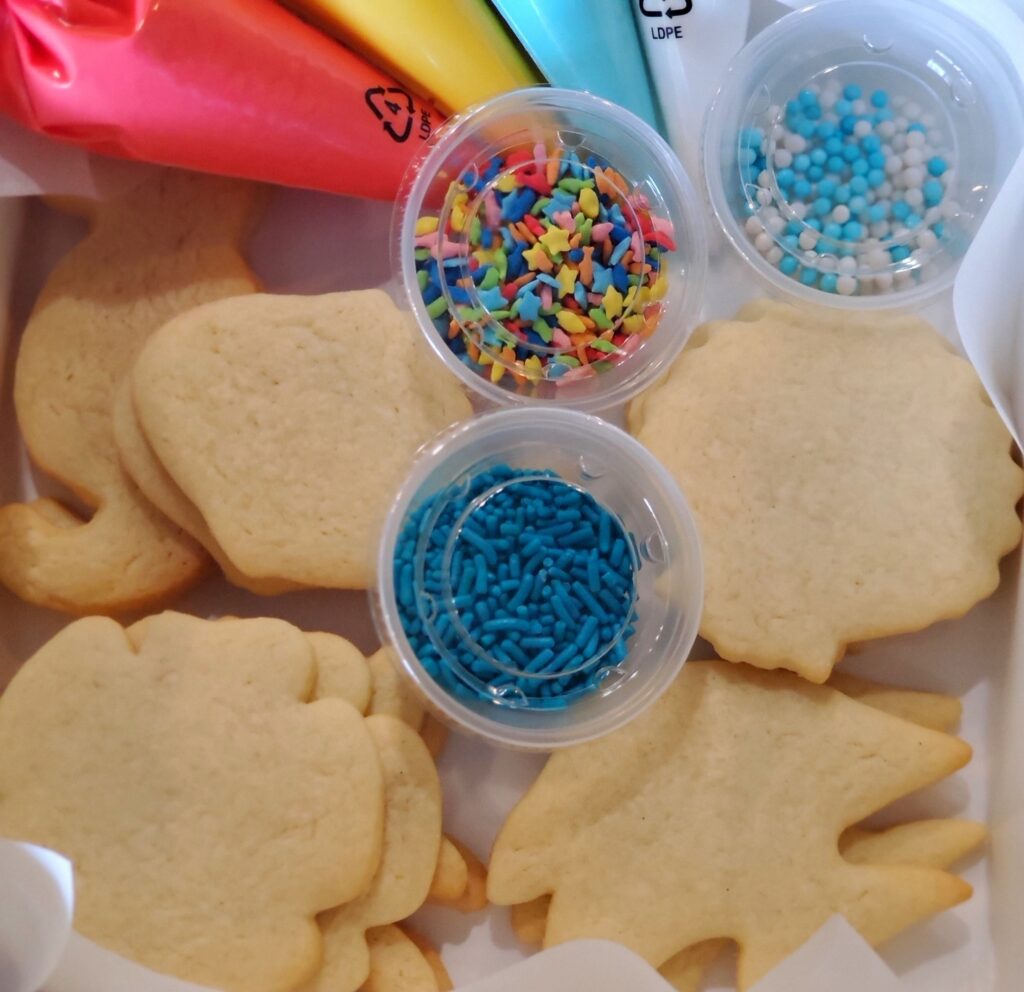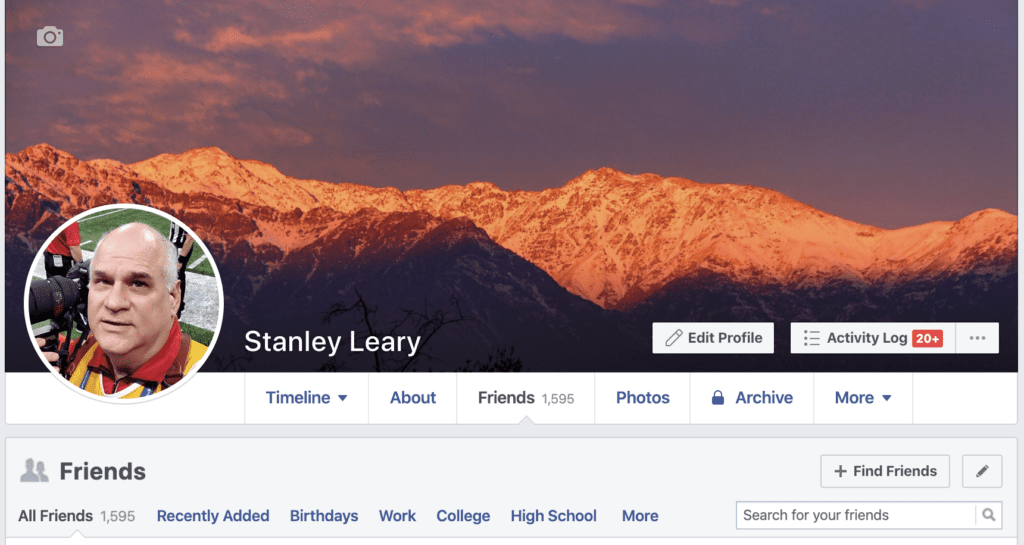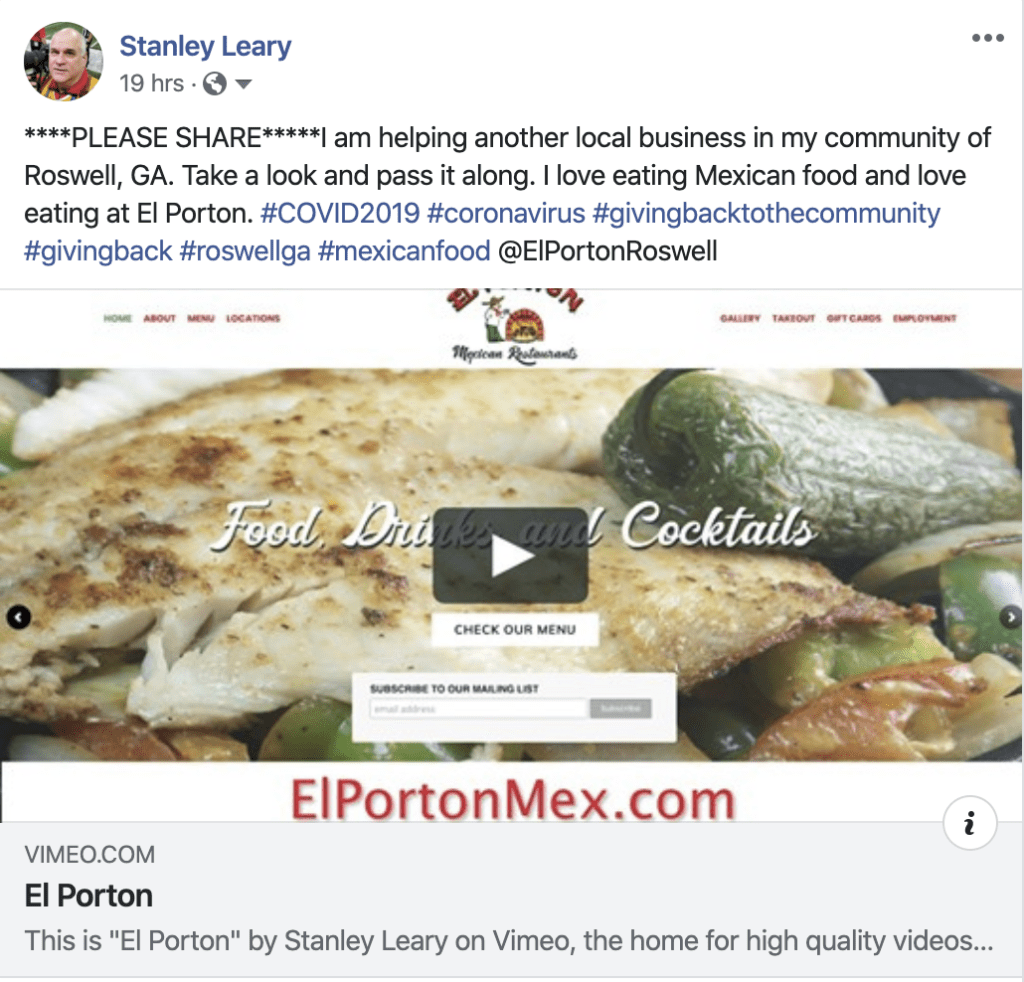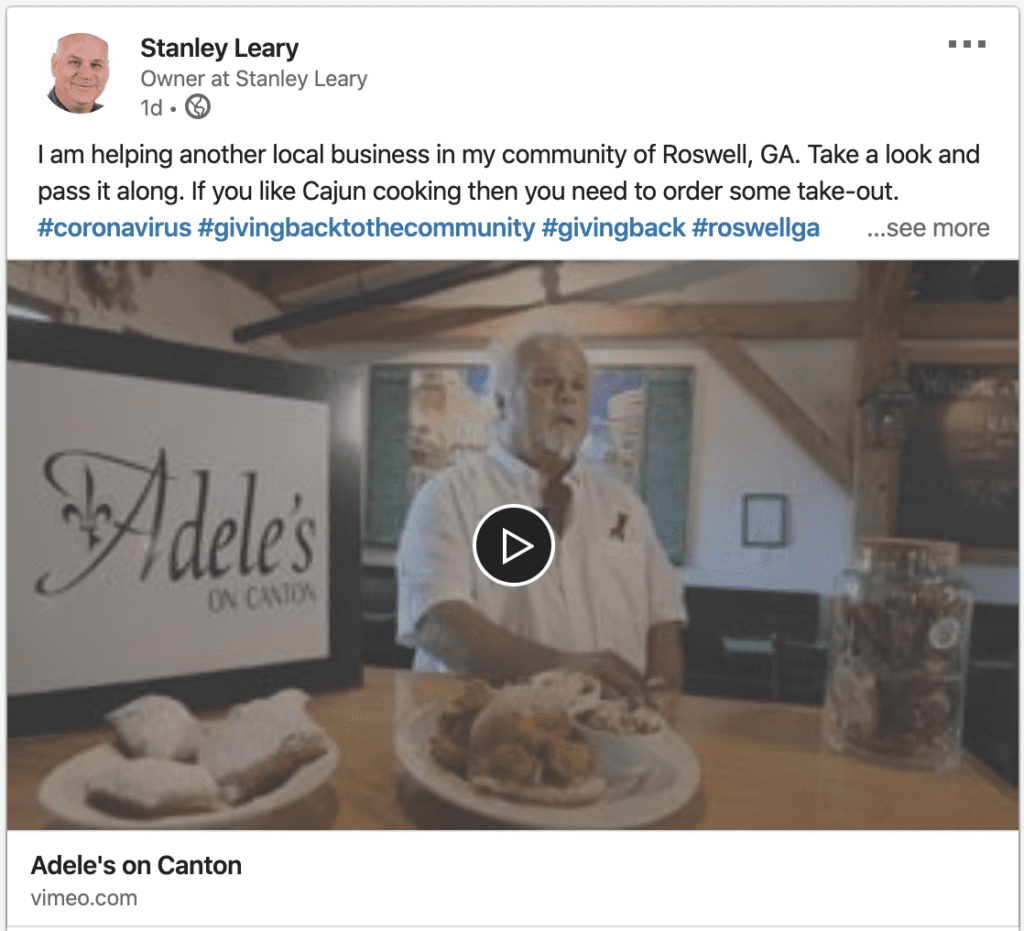An unemployment rate of 23% translates into a good chance you or many you know are without a job.
First I can help you with a headshot, so contact me if that is a need of yours. I can do so with ways to keep you safe.
All the reasons I like to see a person’s headshot is the same reason employers want to see it.
What I discovered
For the past few days, I have been going through my contacts and updating them. One thing I like to do is put a photo with a contact to help remind me of someone. I have for example a few people with the same name.
If I didn’t already have a photo I went through profile photos on social media and especially on LinkedIn. Now after doing this for a few days I found myself getting upset with the photos or lack of photos I was finding.
What is annoying

No Photo
No photo is super annoying. I cannot now see if I remember you from my past. Positively think of this. You had a good connection with someone and they cannot remember you because they have no photo to go by.
You need a photo if you are looking for a job. It helps separate you from the pack of all those people without a photo.
Bad Photo
There are so many ways you can screw this one up that I will just use some of my photos to give you some idea of what I and you have seen online as well.

Your face is too dark and not easily recognizable.
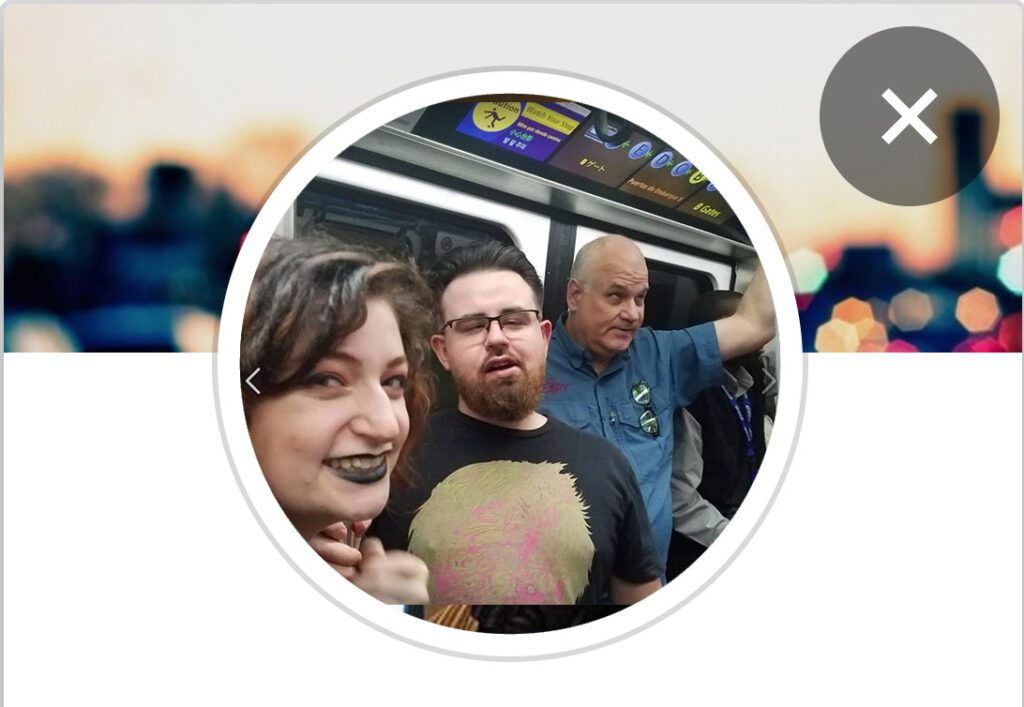
Where’s Waldo?
Which person are you in the photo? By the way that is me in the back. An employer will not know who you are in this scenario.
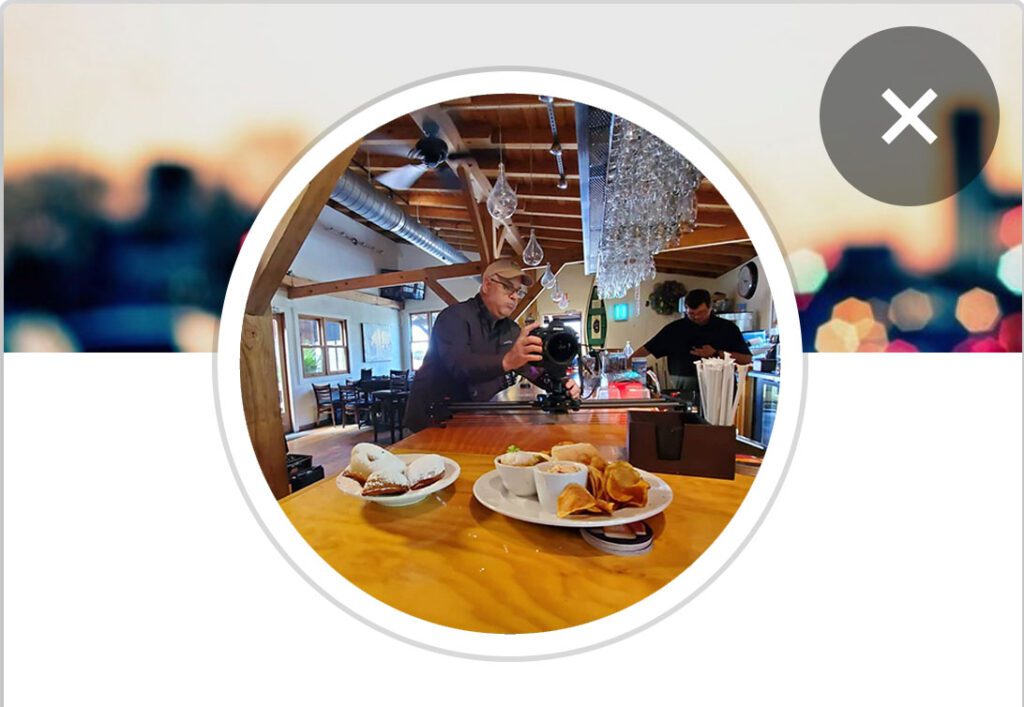
Microscope Stan
So many people don’t like the way they look that they have a photo, but they are so far away that you need a microscope to find them in the photo.
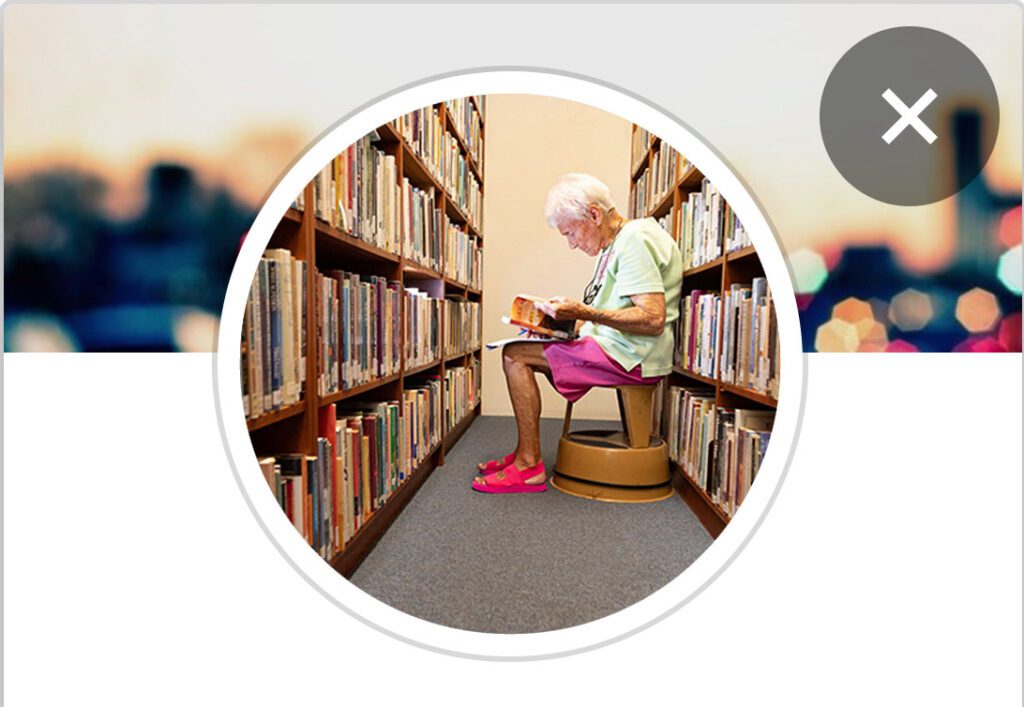
Photo you took, but not You
This is a problem with many creatives, they think that their work should be in their profile photo. No!!! There are other places to show your work when looking for a job than your profile photo.

Using an Old Photo of yourself
Don’t use old photos of yourself. Use a current photo.
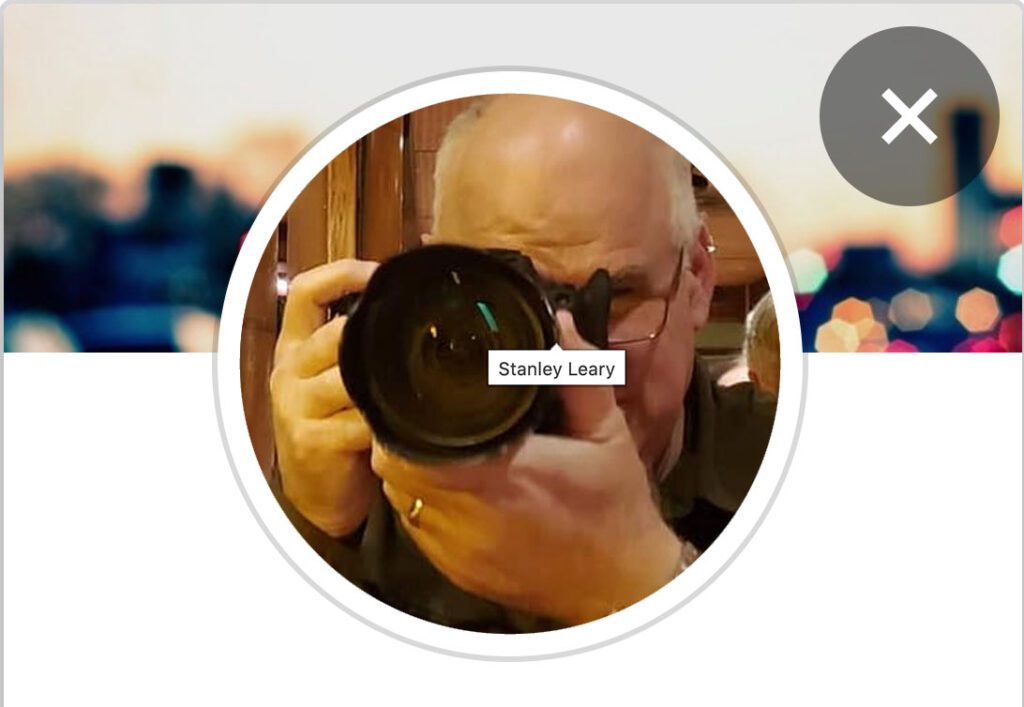
Popular with photographers but not good for getting job
Don’t block your face with a camera or anything else for that matter. Let us see who you are.
Tips To Do!
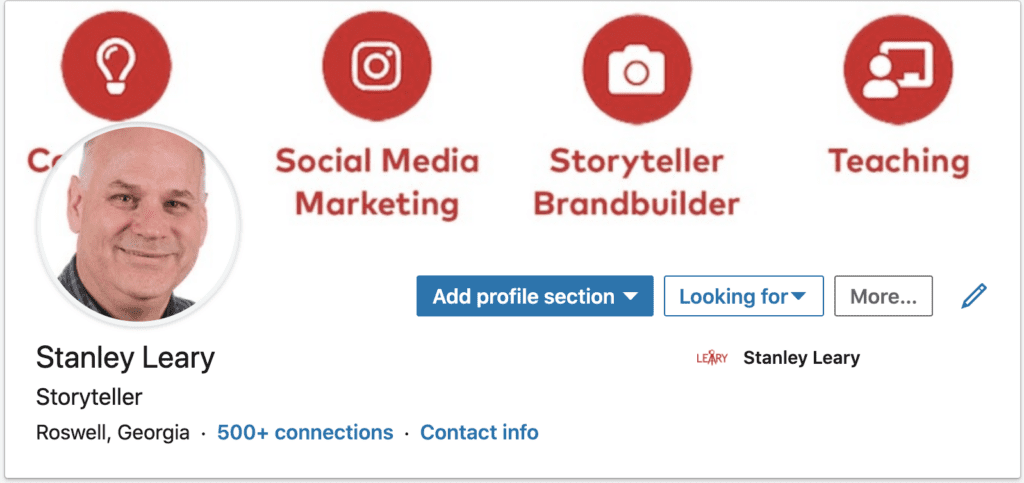
This is the one time in your life you need a professional headshot. If you cannot get one done right away, then do everything you can to get someone to take one of you.
Be sure there is ample light on your face. We need to see your face.
Get close and fill the frame with your head or crop to fill the frame later. You should get close when taking the photo, so the photo doesn’t pixelate or look grainy because of having to crop.
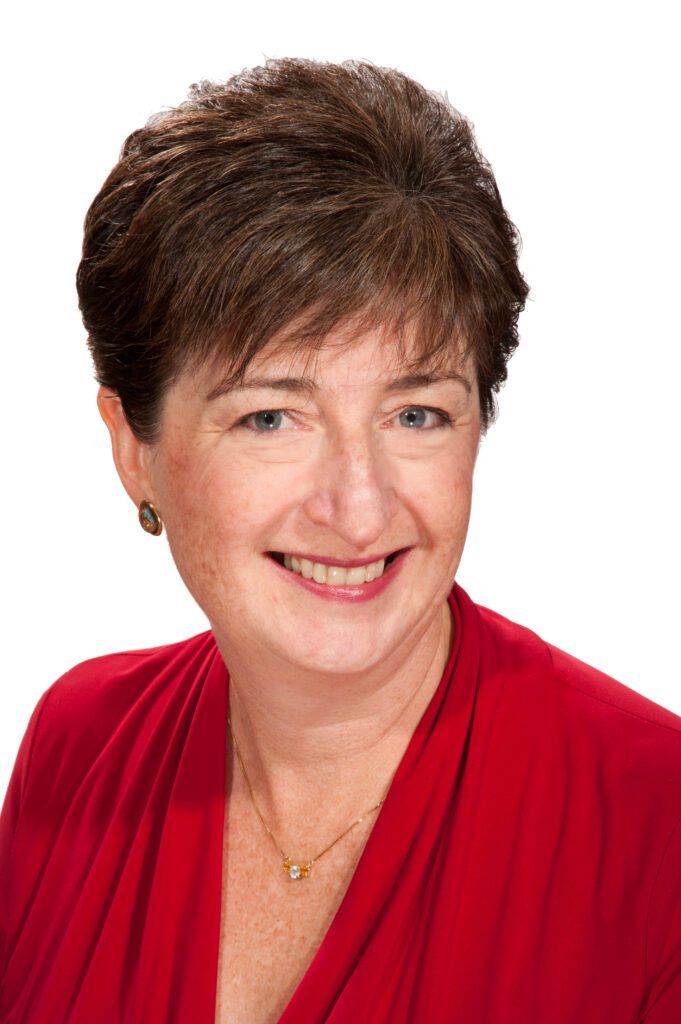
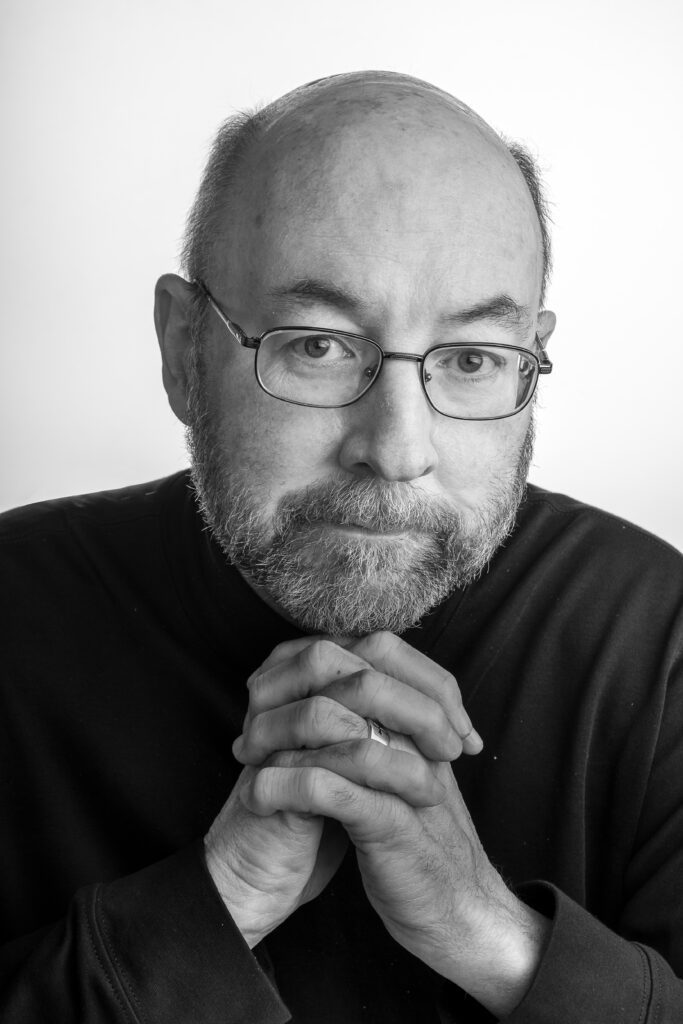
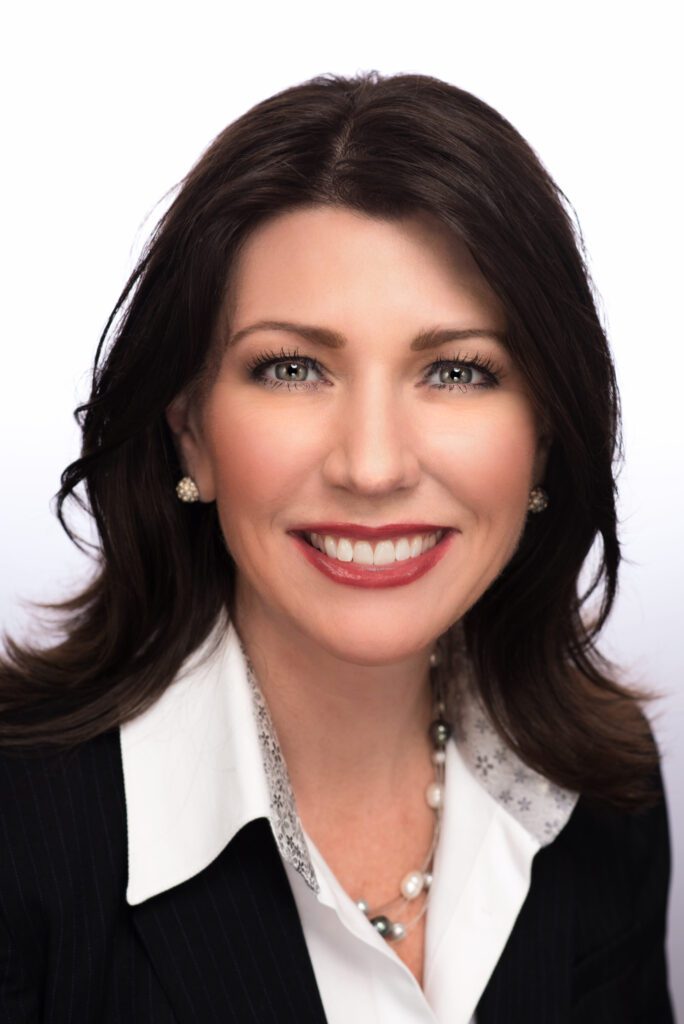
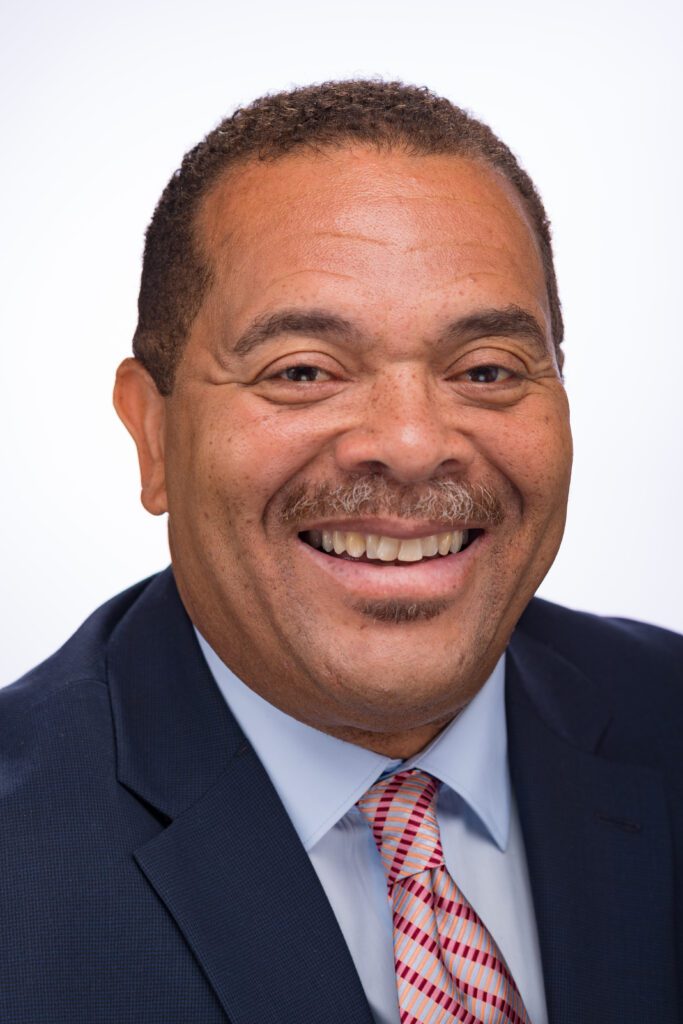
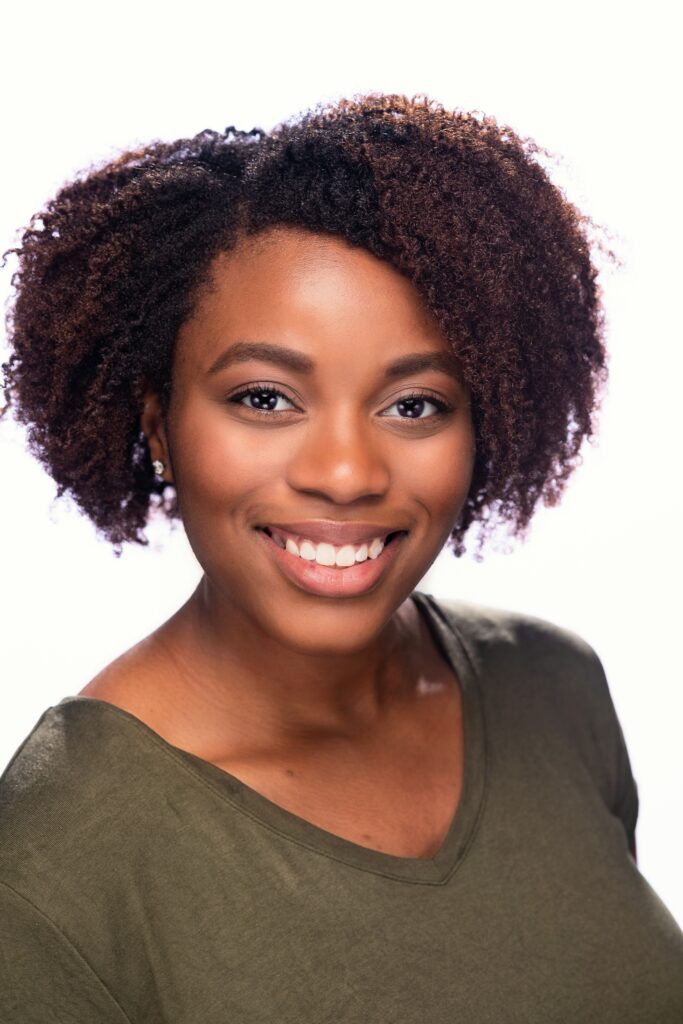
Solid background is the best.
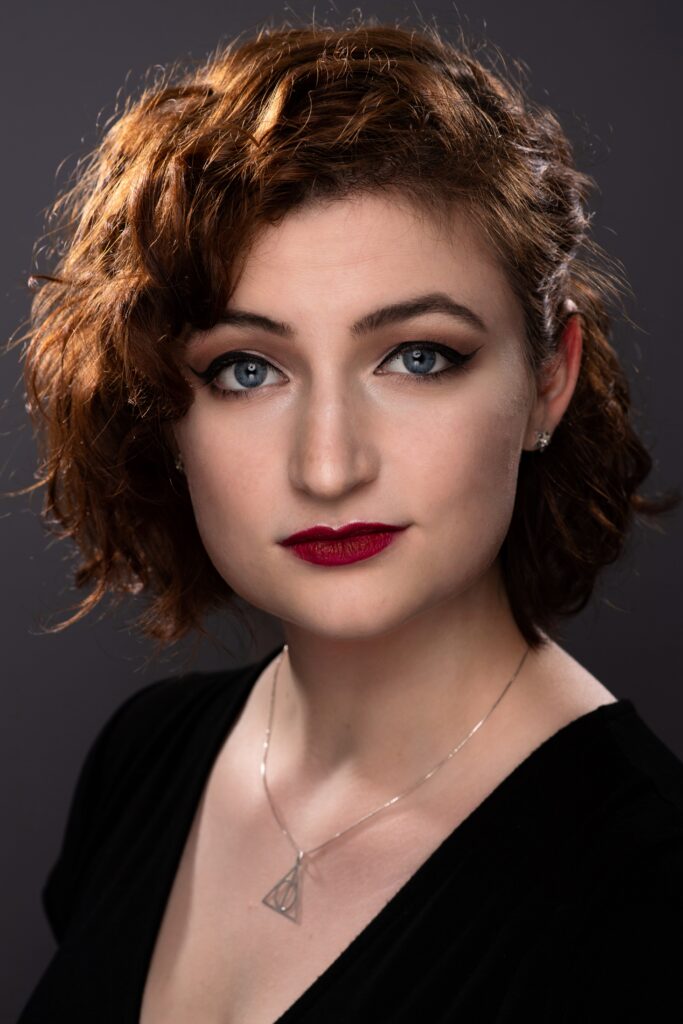
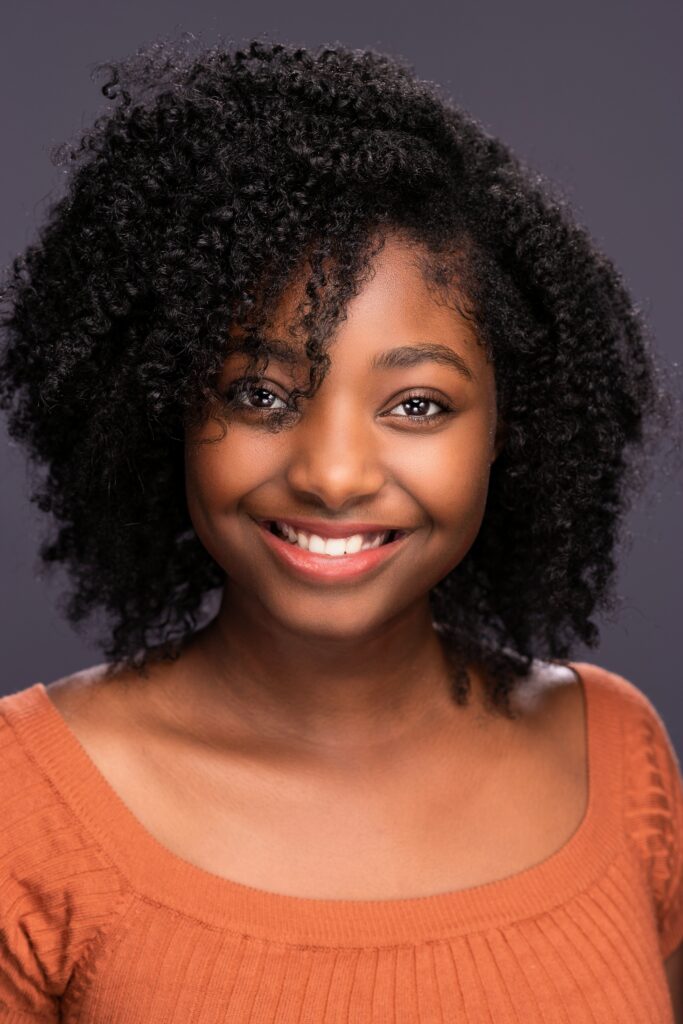

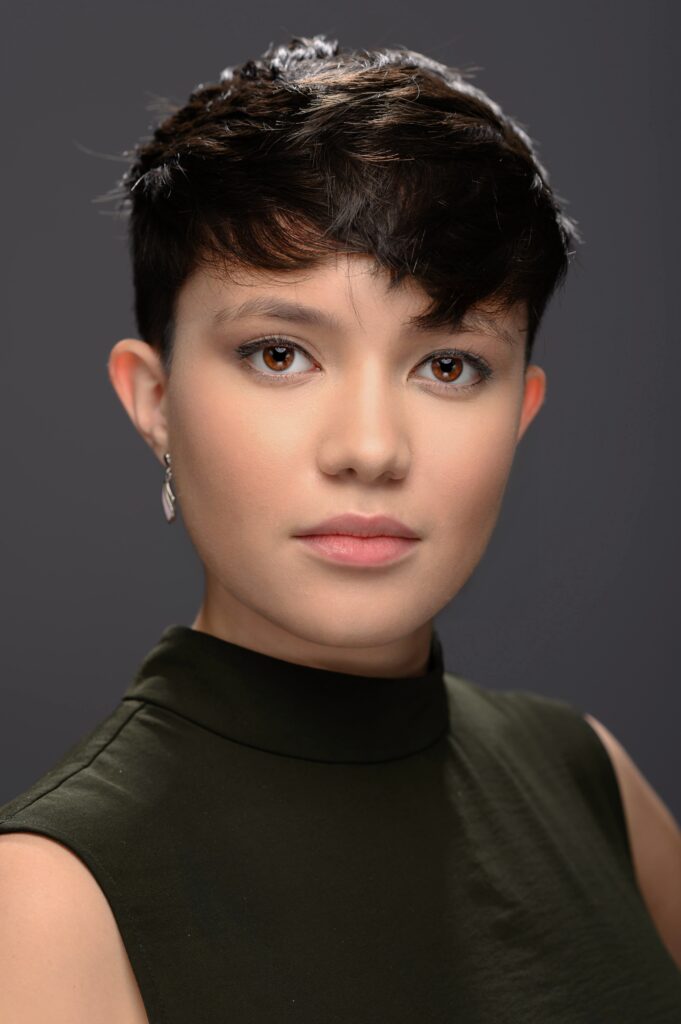
Outside works great, but be sure the background isn’t distracting. I think shallow depth-of-field works best.

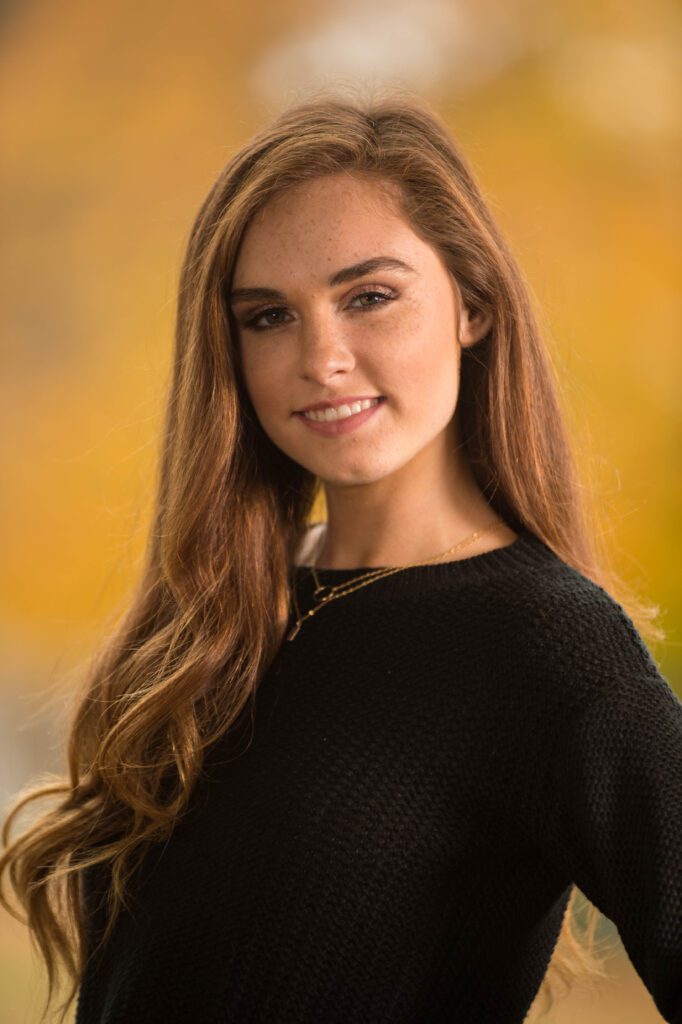
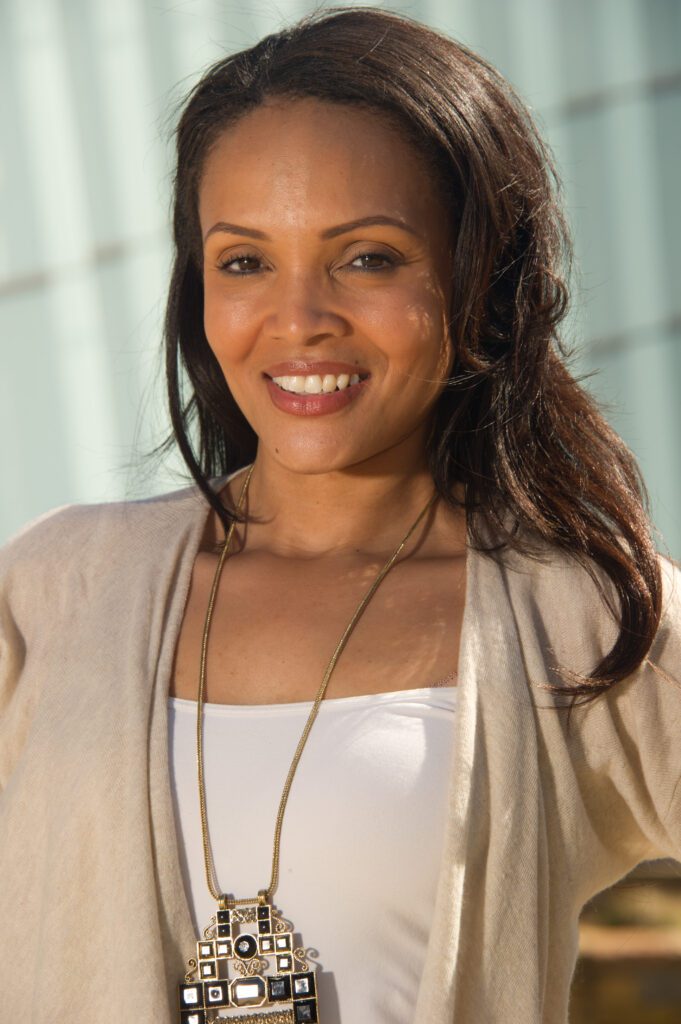
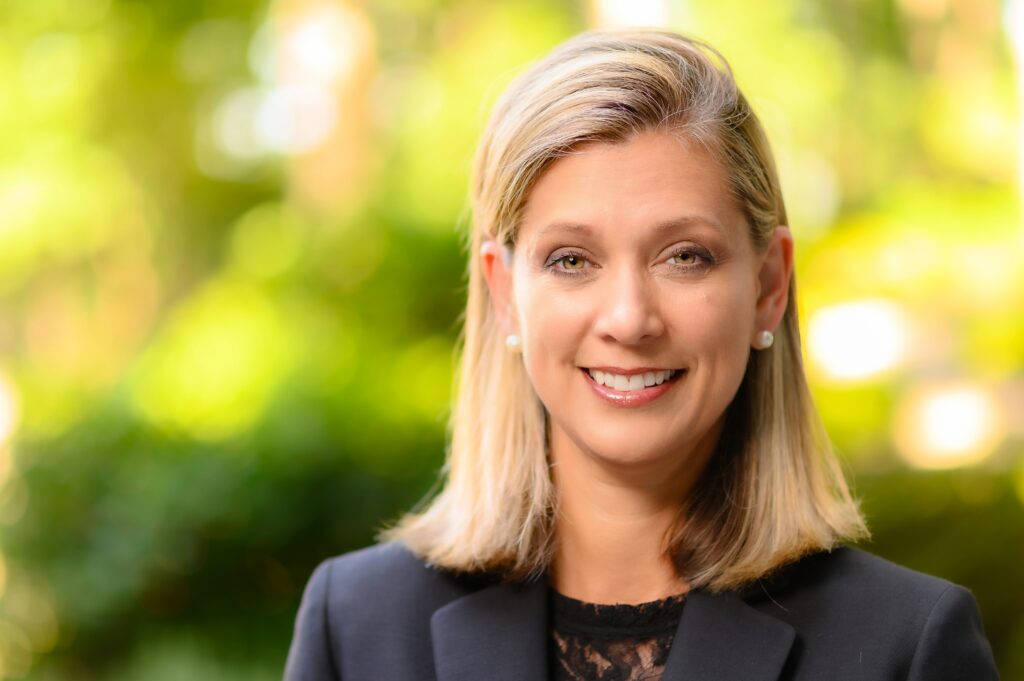
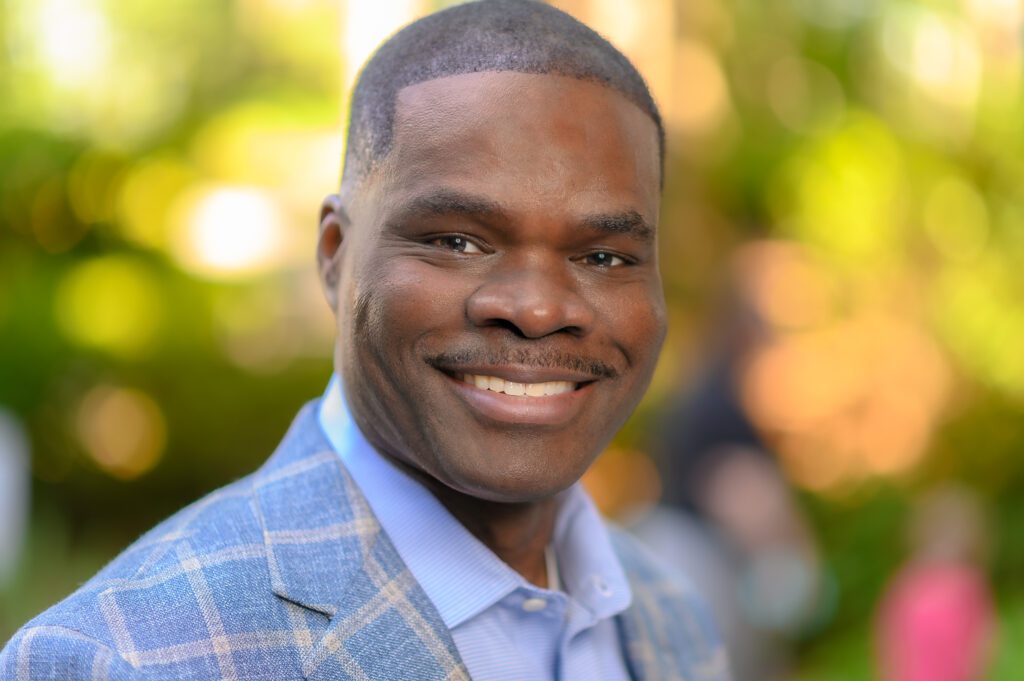
Just a couple of reminders.
- The Psychology of How First Impressions Are Formed. So we’ve established that on average it takes about 7 seconds to form a first impression.
- People use photos to help them in putting a face to the name. You want to be rememberable.
- Eighty-seven percent of recruiters use LinkedIn as part of their recruiting process.
- Adding a professional photo to your LinkedIn profile is key to boosting your visibility on the site. In fact, LinkedIn says that you’ll get 21 times more profile views with a picture than without one.
- Choose something recent that shows what you look like now—not 10 years ago.
Try this tool to analyze your photo and give you tips to fix it.
Snappr Photo Analyzer (free if you vote on others’ profile pictures) uses image recognition and machine learning technologies to score your profile photo and provide recommendations for how to improve it. If your favorite picture gets a bad score, Snappr gives you the information you need to take a better shot.
Give me a call and let’s get you a great headshot so you can find the perfect job for you.



